Have you ever caught your crested gecko snacking on isopods in their enclosure and thought, “Wait… is that okay?”
Good news — it’s totally fine! Isopods aren’t harmful to your gecko. In fact, they can provide a little extra protein boost from time to time. But there’s a catch — if your gecko makes a habit of it, your bioactive tank could end up losing its entire clean-up crew.

Why It’s a Problem
Isopods and springtails are the heart of any bioactive setup. They’re the unseen workers breaking down waste, decaying leaves, and leftover food, keeping the enclosure clean and healthy.
When your gecko over-hunts them, the tank’s natural cleaning cycle is disrupted. Without enough isopods, you may start noticing waste build-up, unpleasant smells, or even mold growth over time.
Why Crested Geckos Eat Isopods
Crested geckos are naturally curious hunters. While their main diet should come from prepared crested gecko diets and occasional insects like dubia roaches, they’ll often go after small moving creatures — especially if they’re easy to reach.
In a confined or flat setup, isopods often end up wandering into open areas where your gecko can easily catch them.
How the Geckopia Flex Bridge Helps
The Geckopia Flex Bridge was designed to make your gecko’s habitat more dynamic and enriching — but it also helps solve this sneaky problem.
By elevating your gecko’s basking and climbing areas, the Flex Bridge gives isopods more hiding spots in the substrate while encouraging your gecko to explore higher levels of the enclosure. This creates a natural separation between your pet and its clean-up crew.
The bridge’s sturdy, flexible design mimics real branches and allows your gecko to climb, rest, and jump safely — all while keeping their attention off the ground where isopods roam.
Pair the Flex Bridge with deep substrate layers, plenty of leaf litter, and hiding spaces like the Geckopia Tree House to keep both your gecko and your bioactive team thriving.

How to Keep the Balance
-
Feed your gecko regularly with a complete crested gecko diet and insects like dubia roaches to reduce hunting behavior.
-
Add enrichment — use climbing structures like the Flex Bridge to keep them active and engaged.
-
Replenish your isopods occasionally if you notice their population declining.
-
Maintain humidity and leaf litter, which helps your isopods reproduce and stay hidden.
Final Thoughts
If your gecko munches on a few isopods, don’t panic — it’s completely natural. The key is creating a balanced enclosure that supports both your gecko’s instincts and the health of your bioactive setup.
With the right tools, like the Geckopia Flex Bridge, you can create an environment where everyone thrives — your gecko stays active, and your isopods keep your tank spotless.





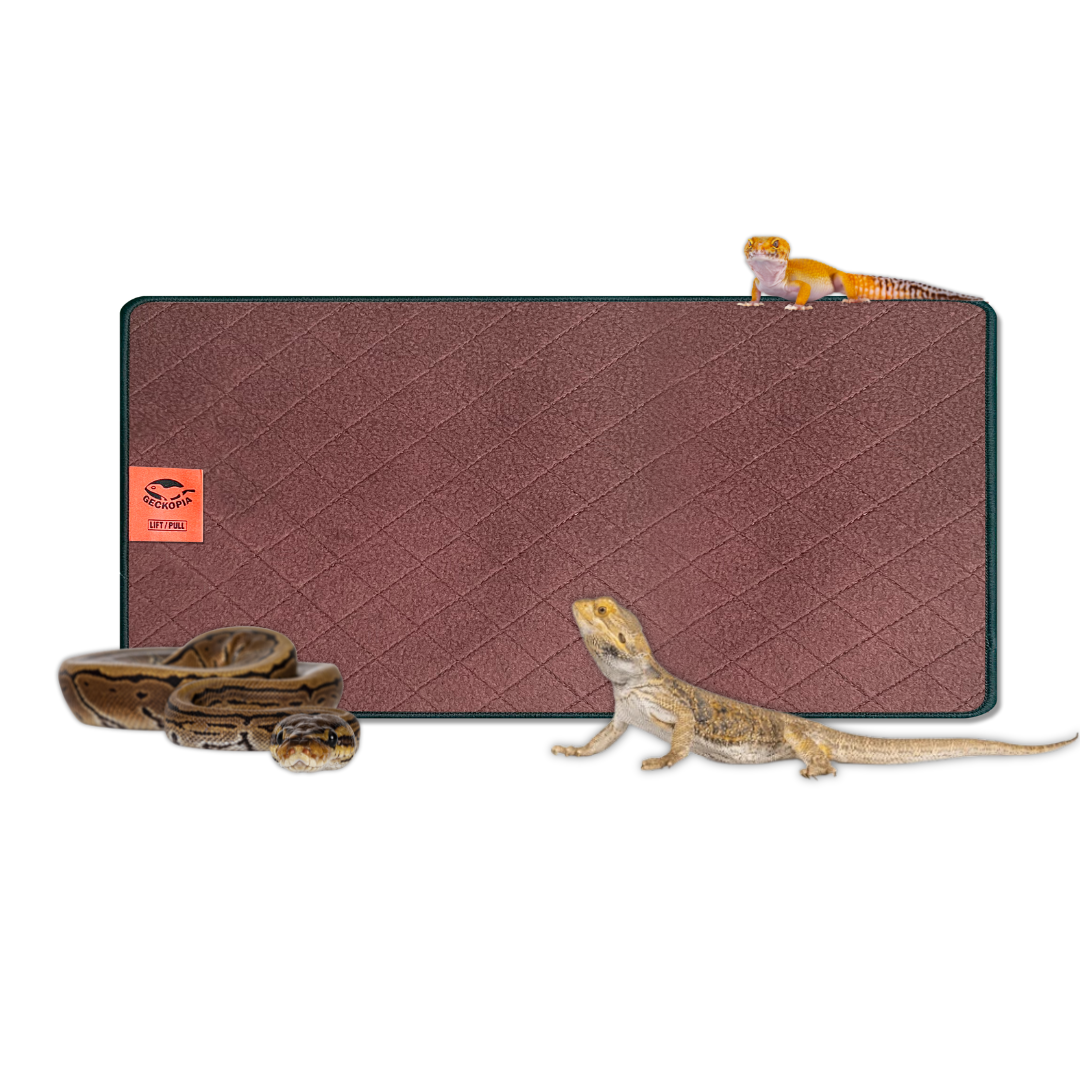
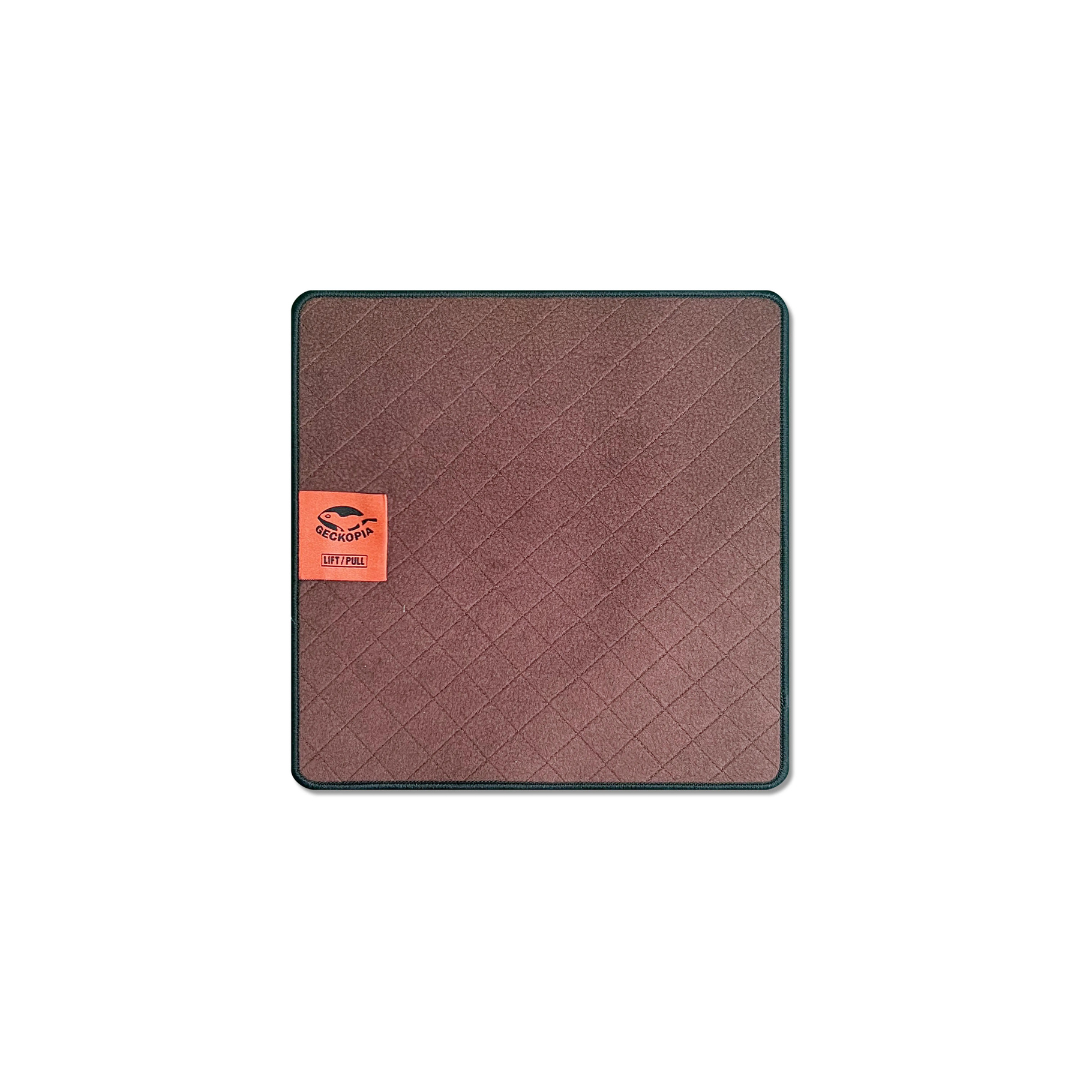
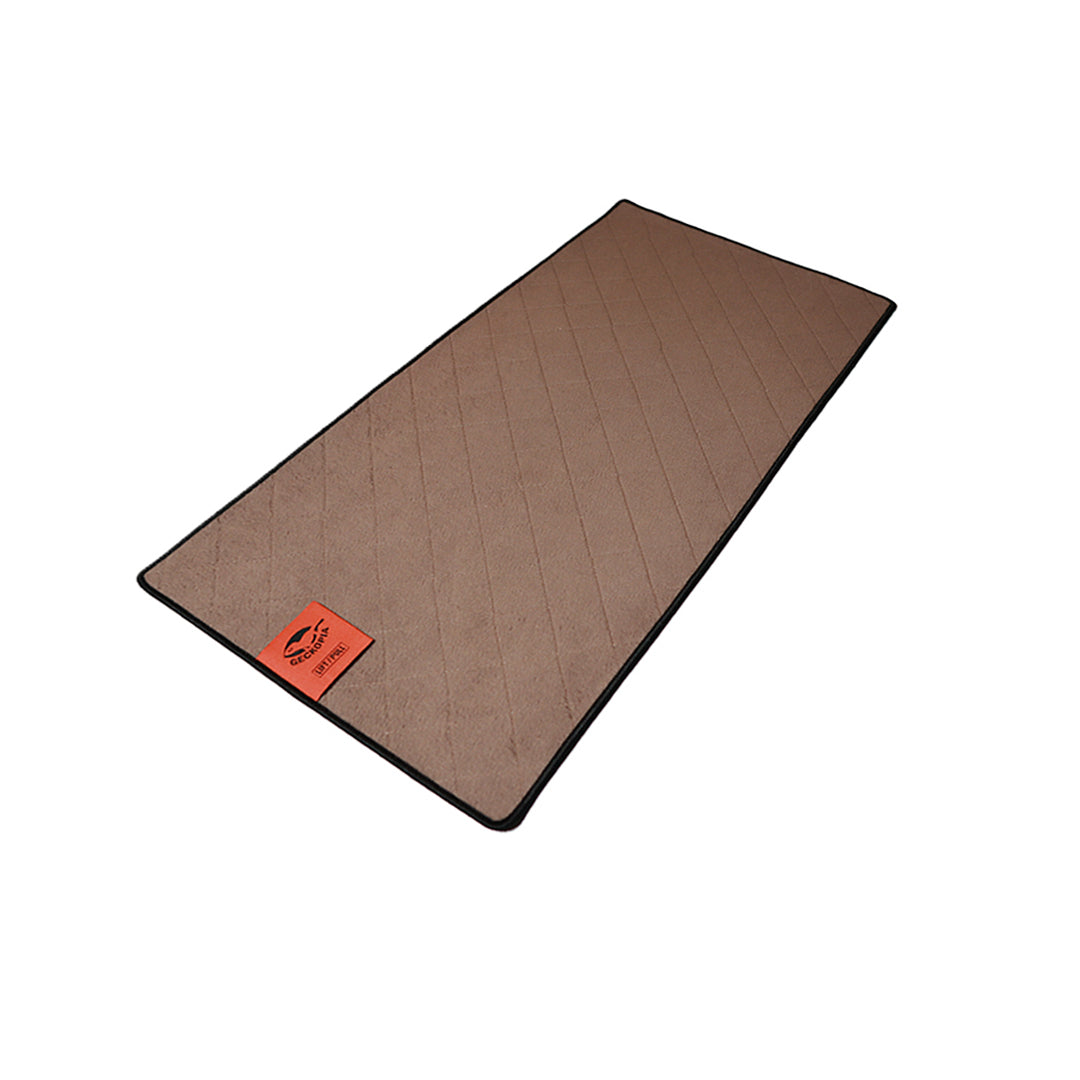
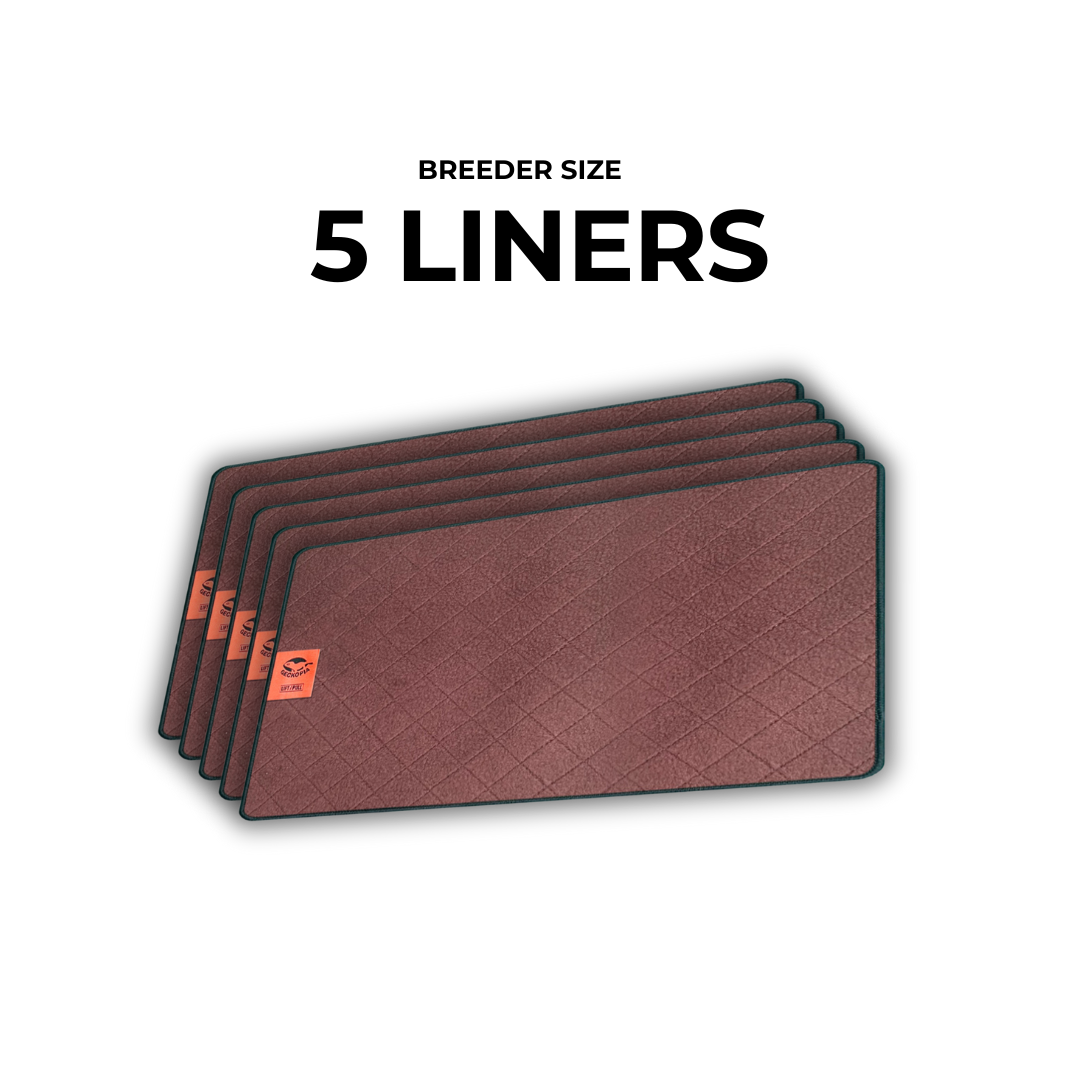
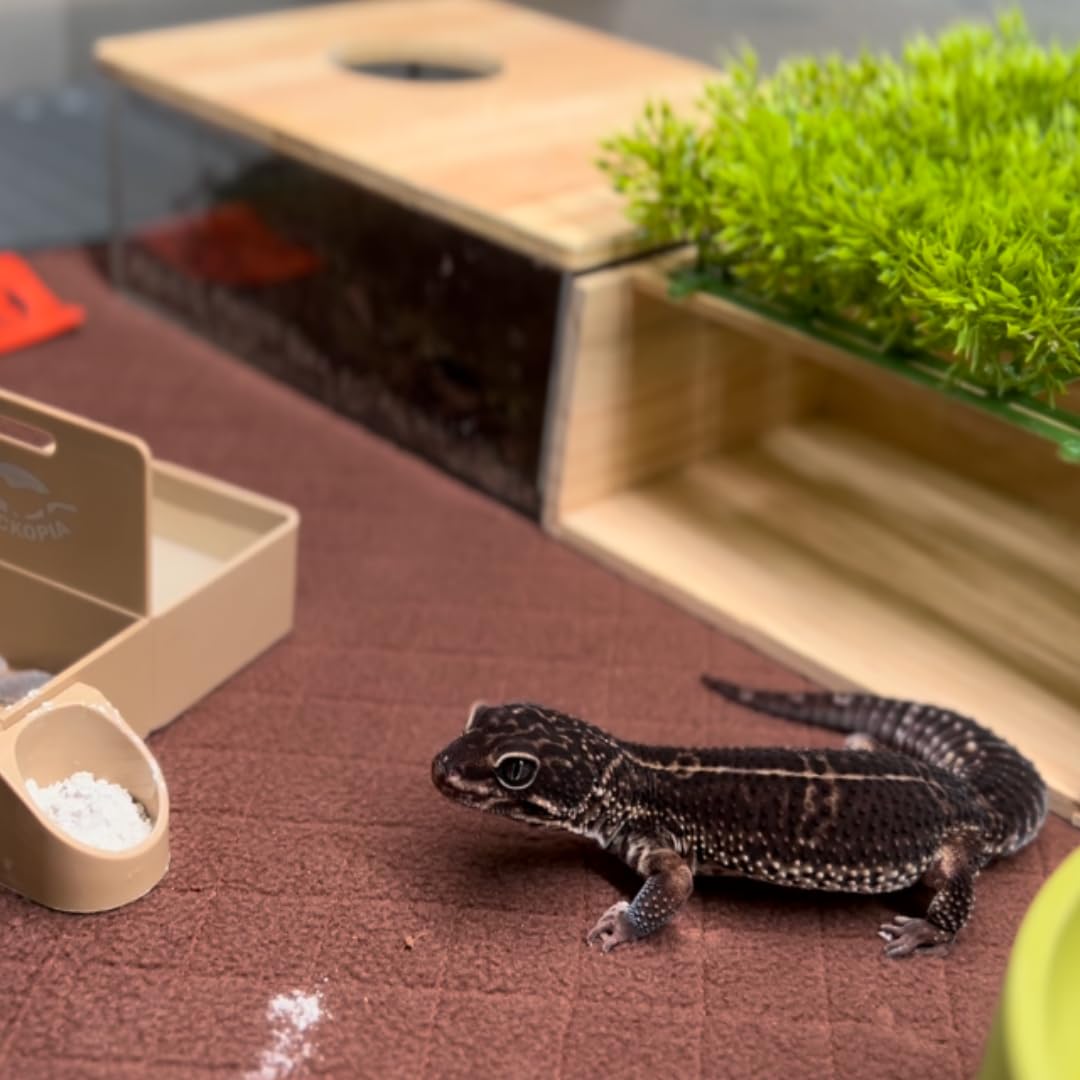

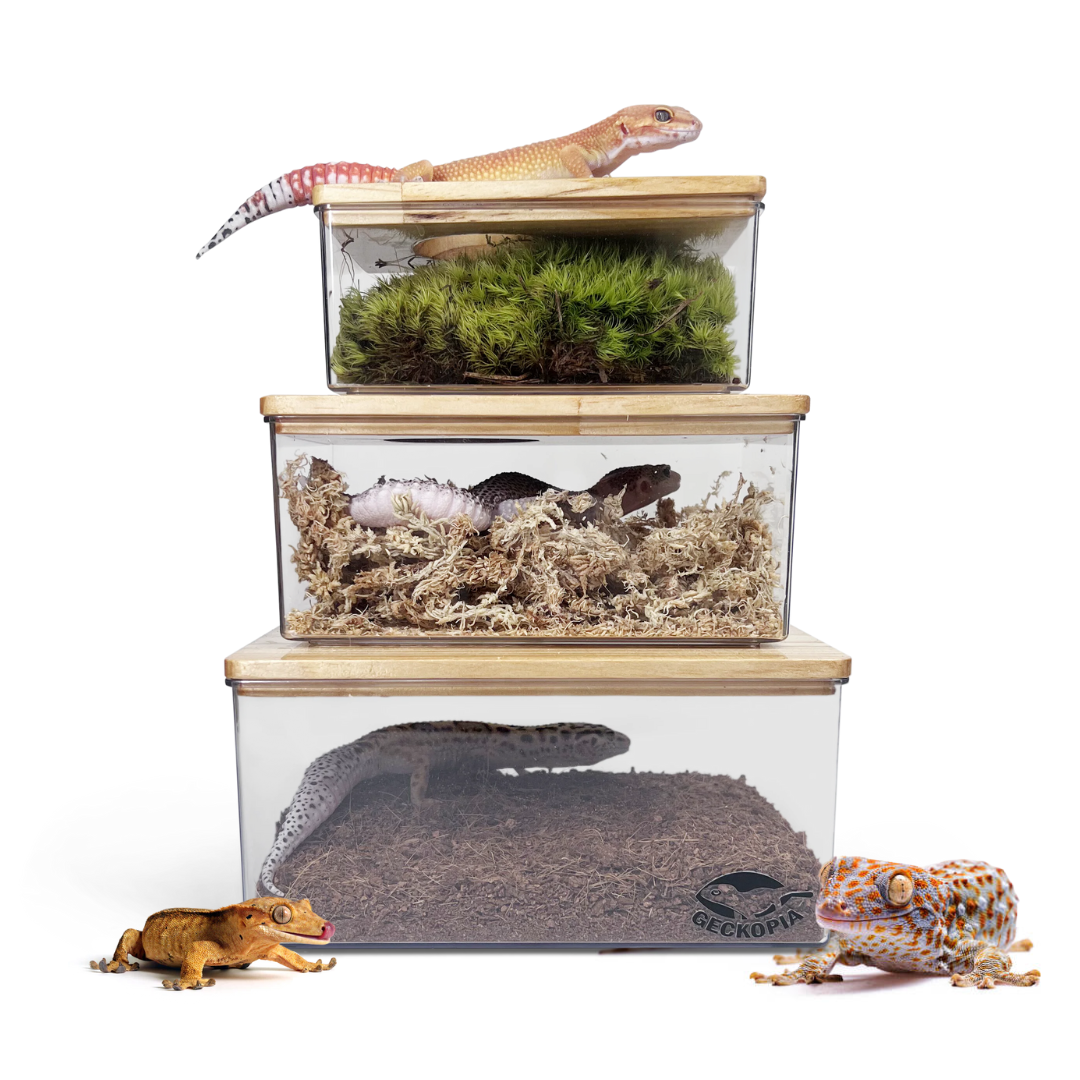
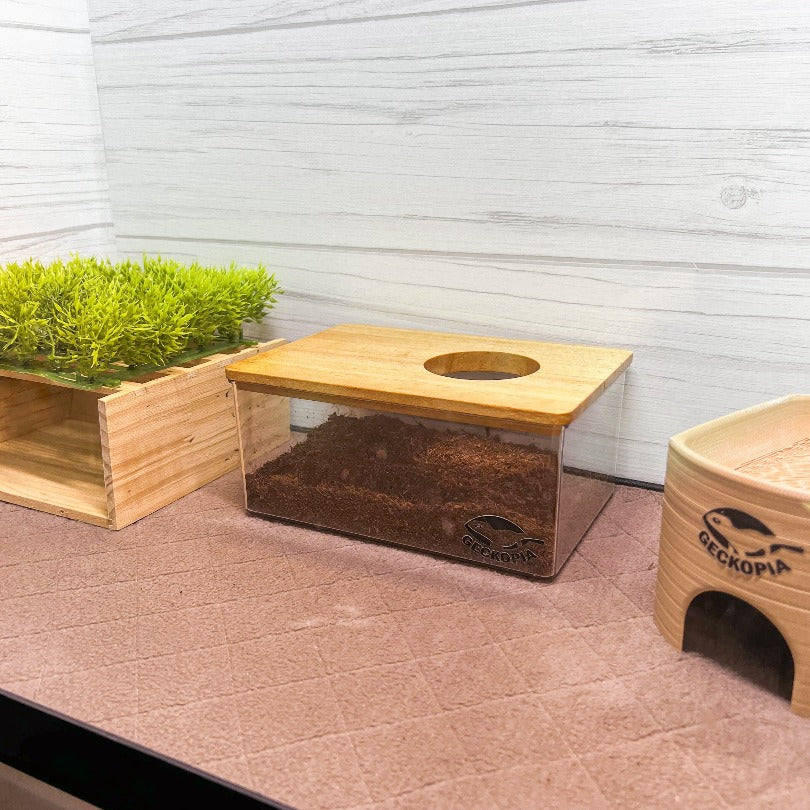
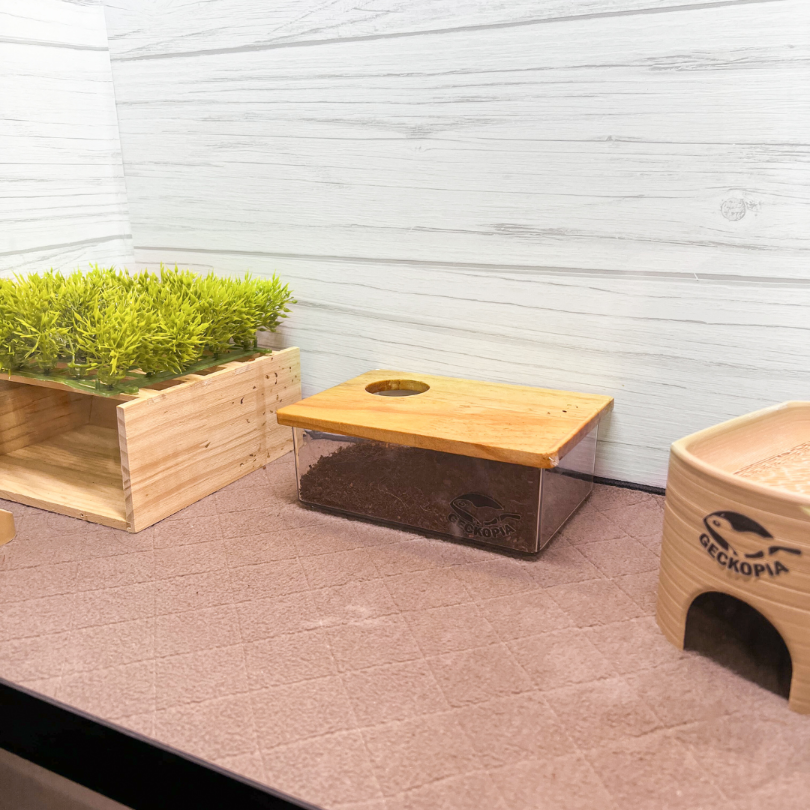
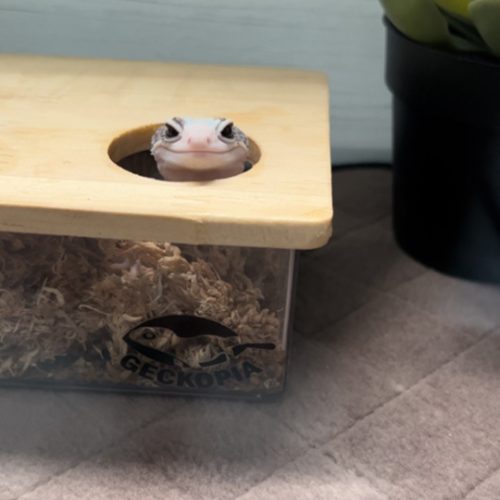
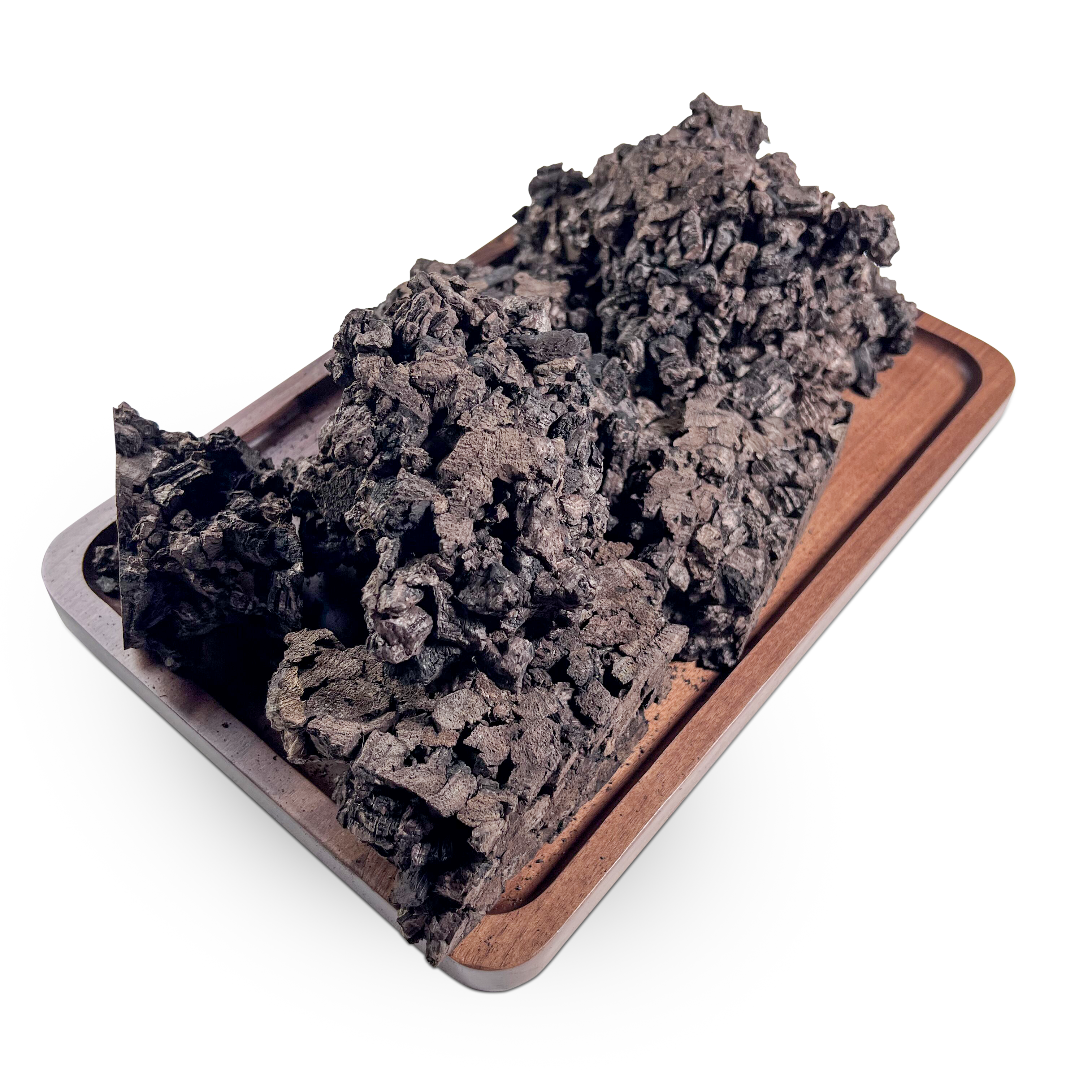




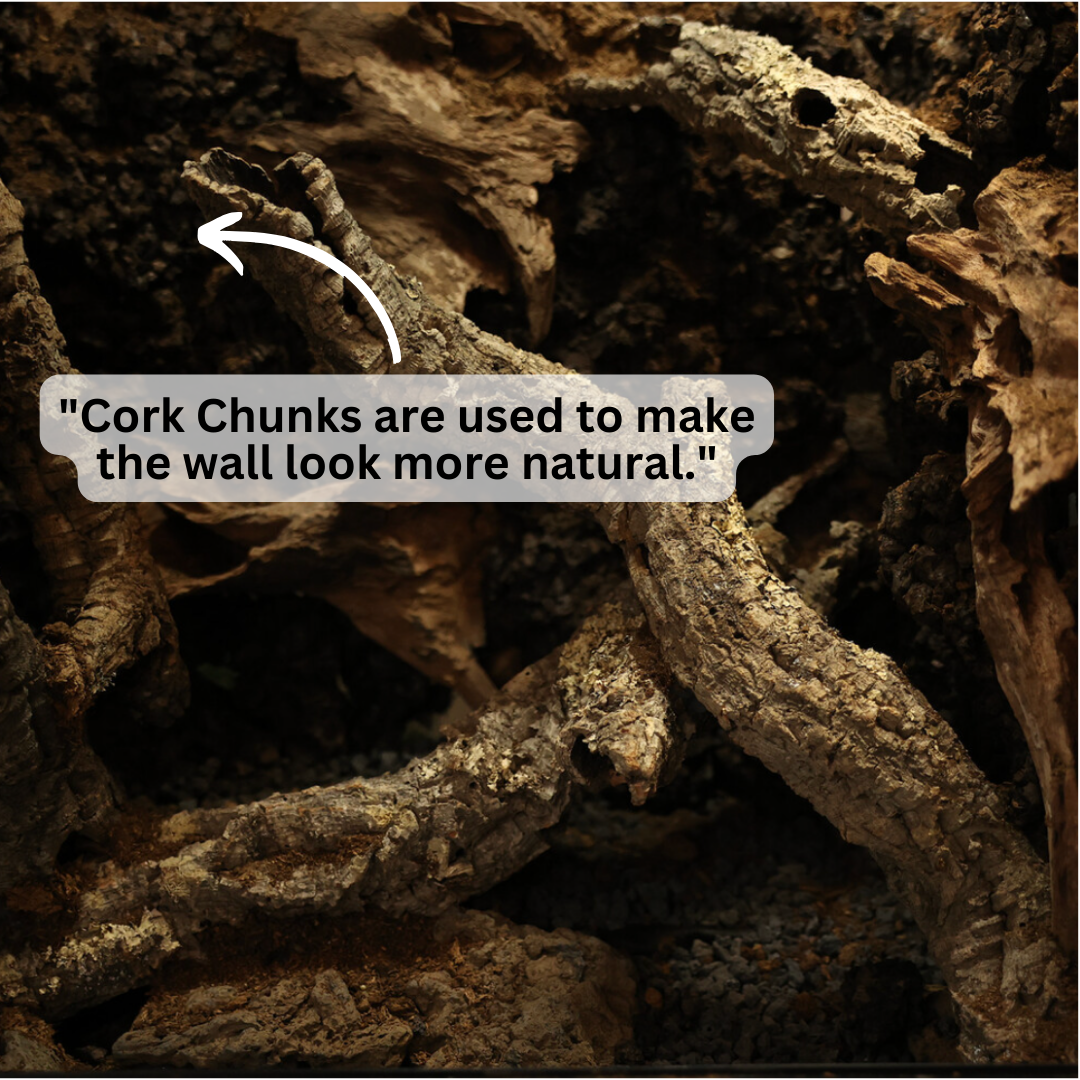
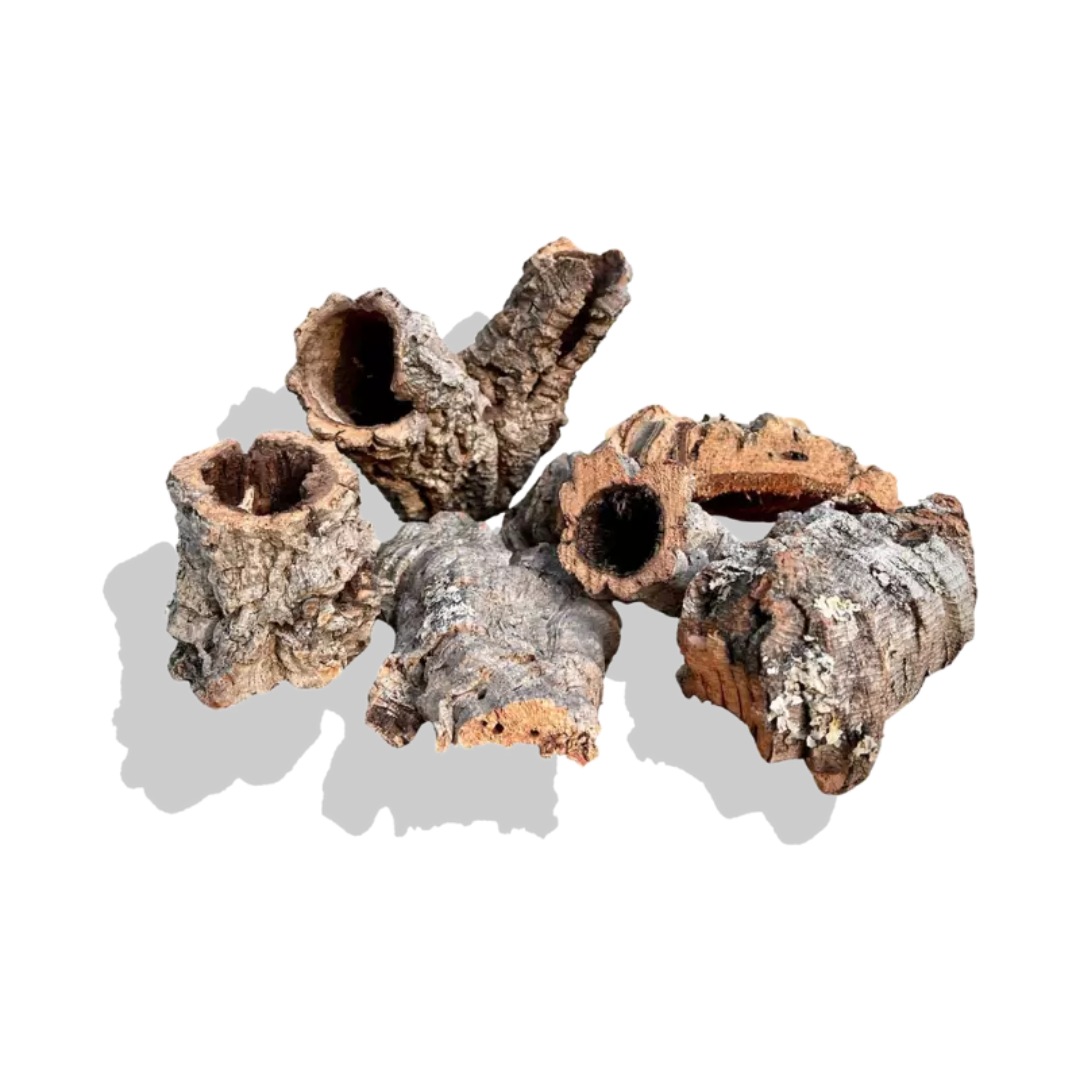
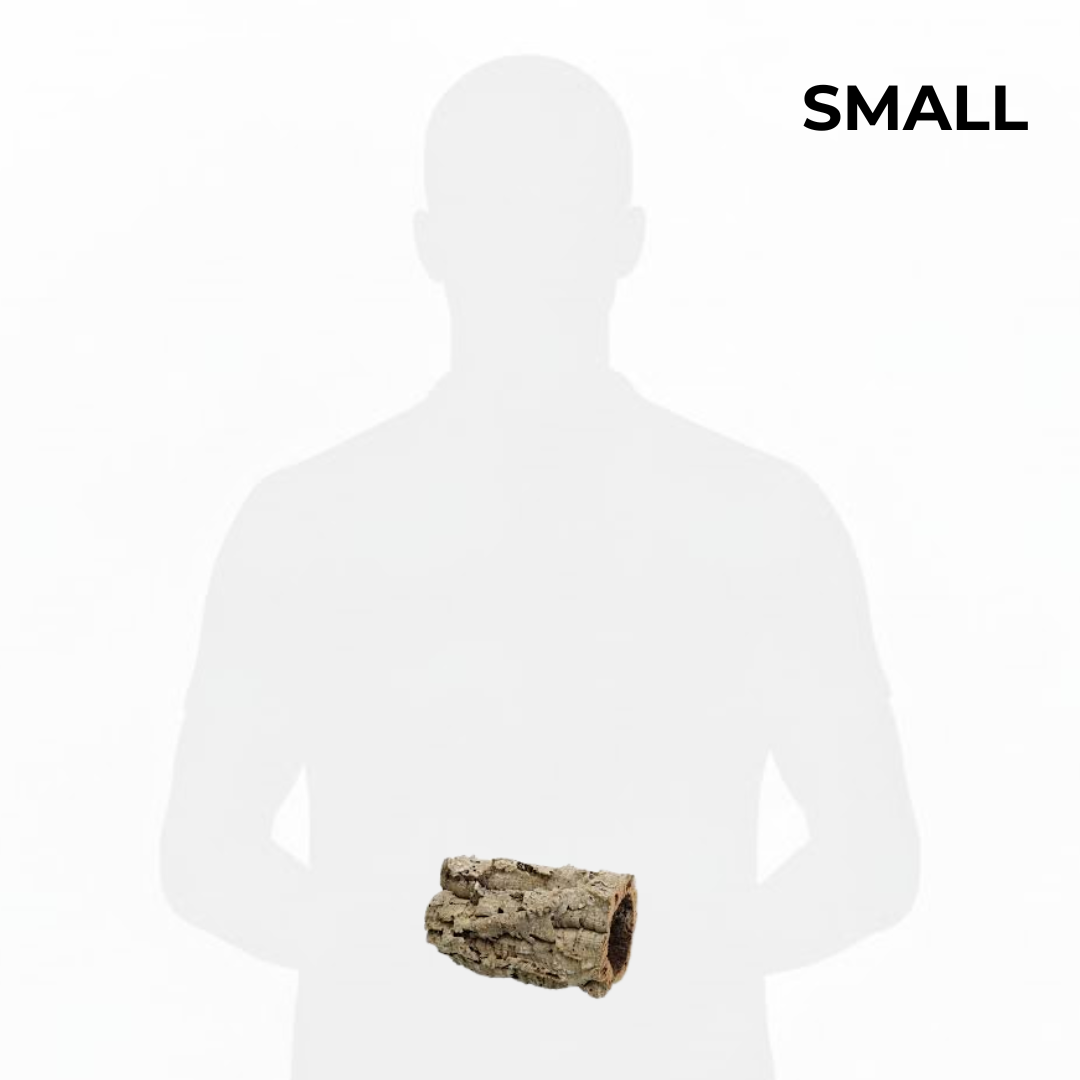
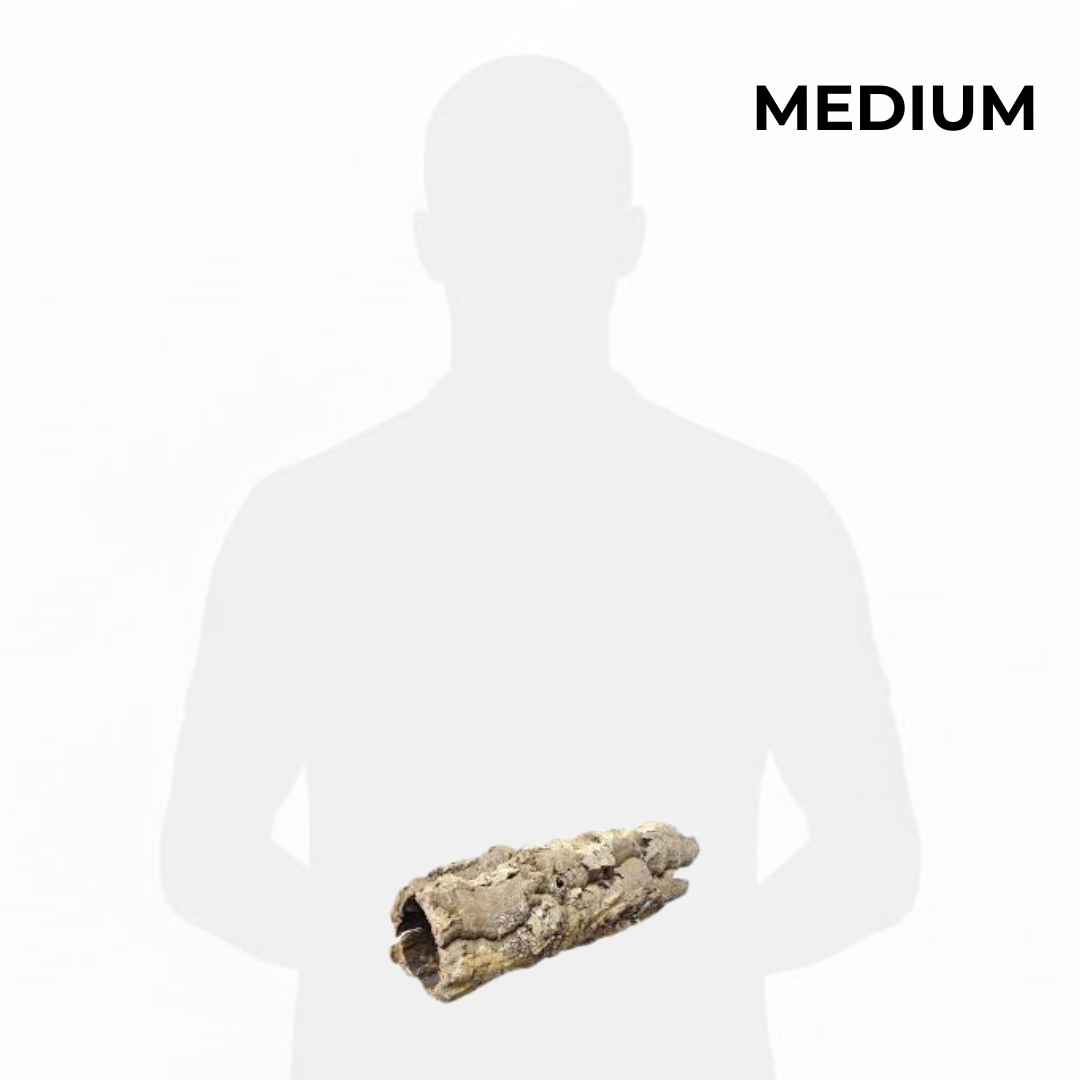
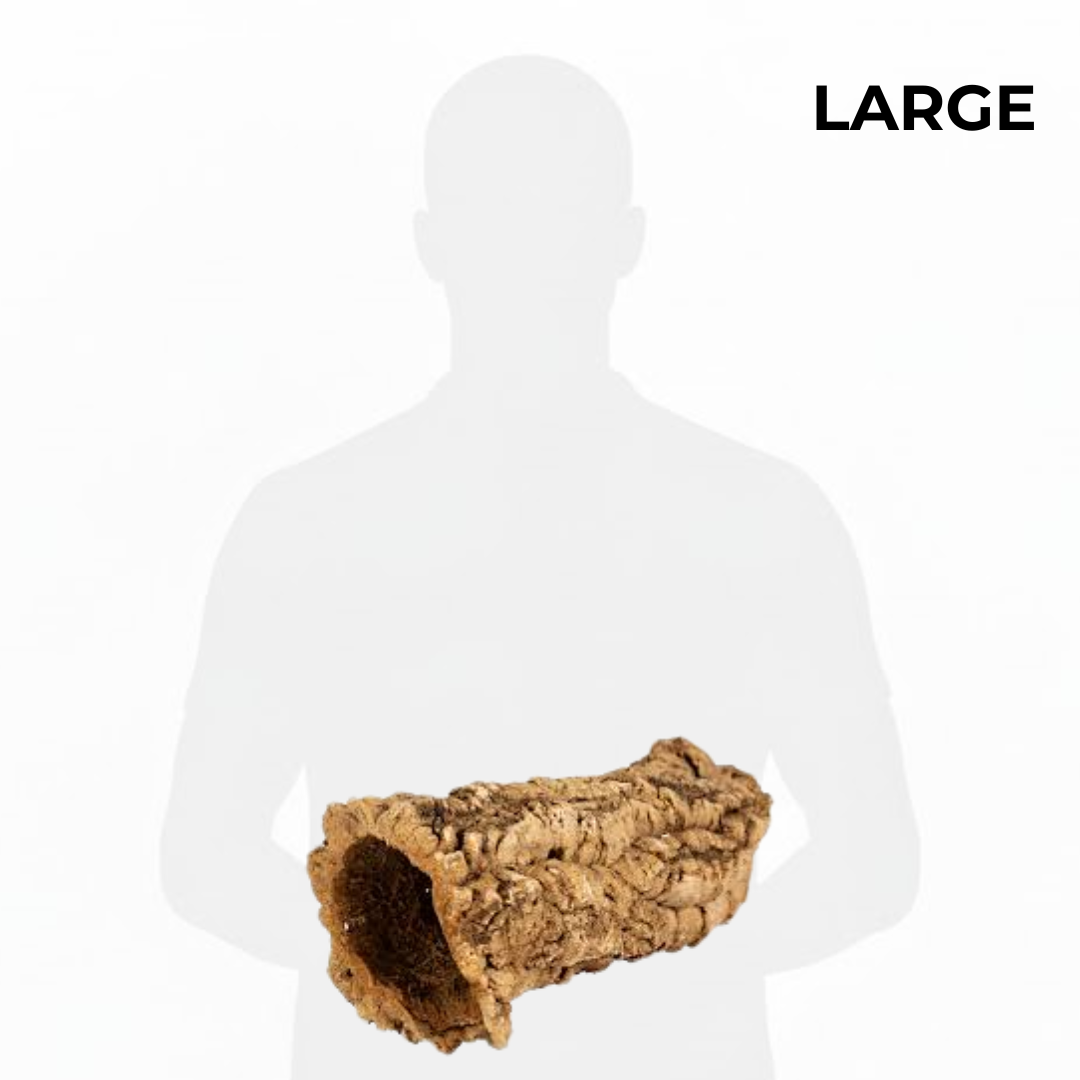
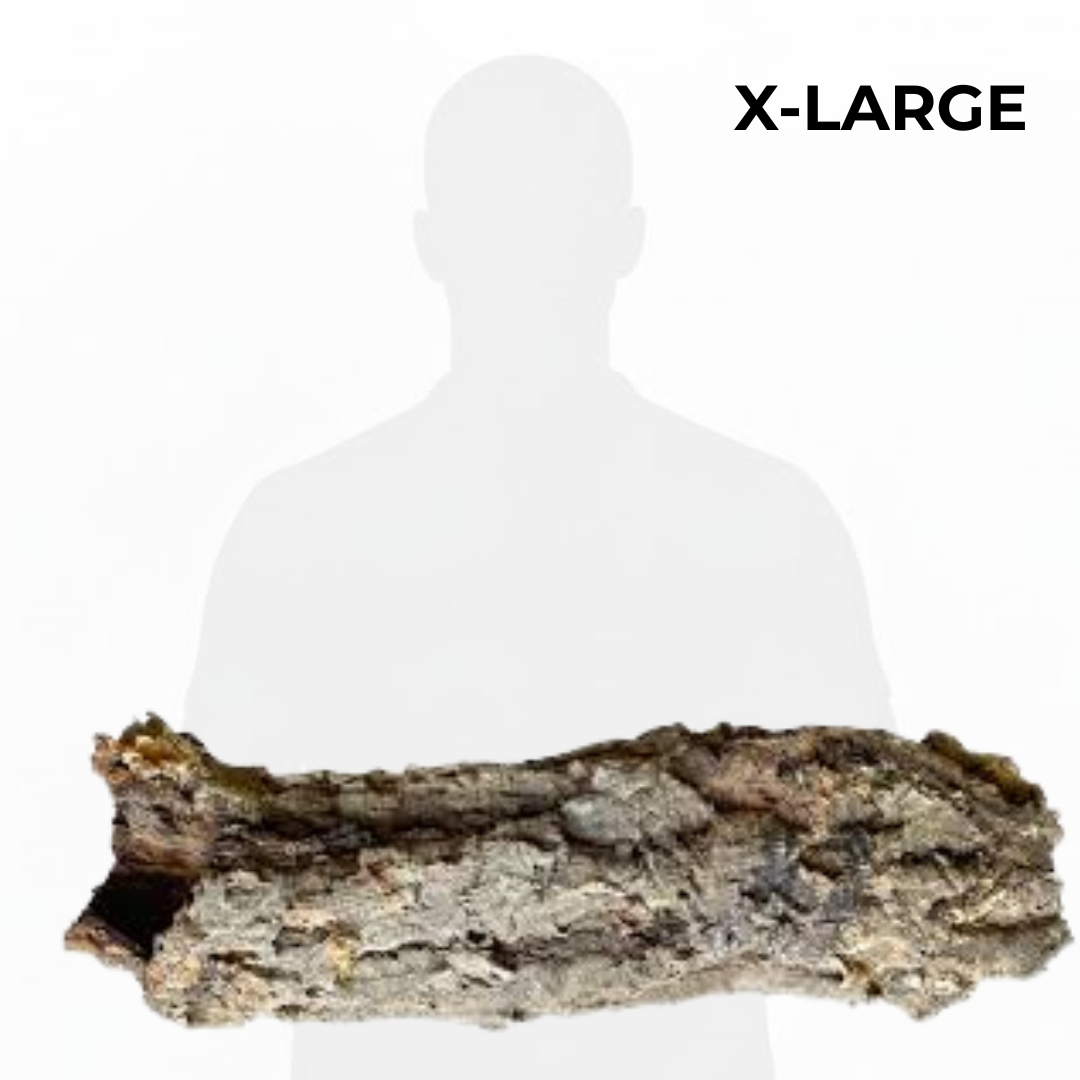
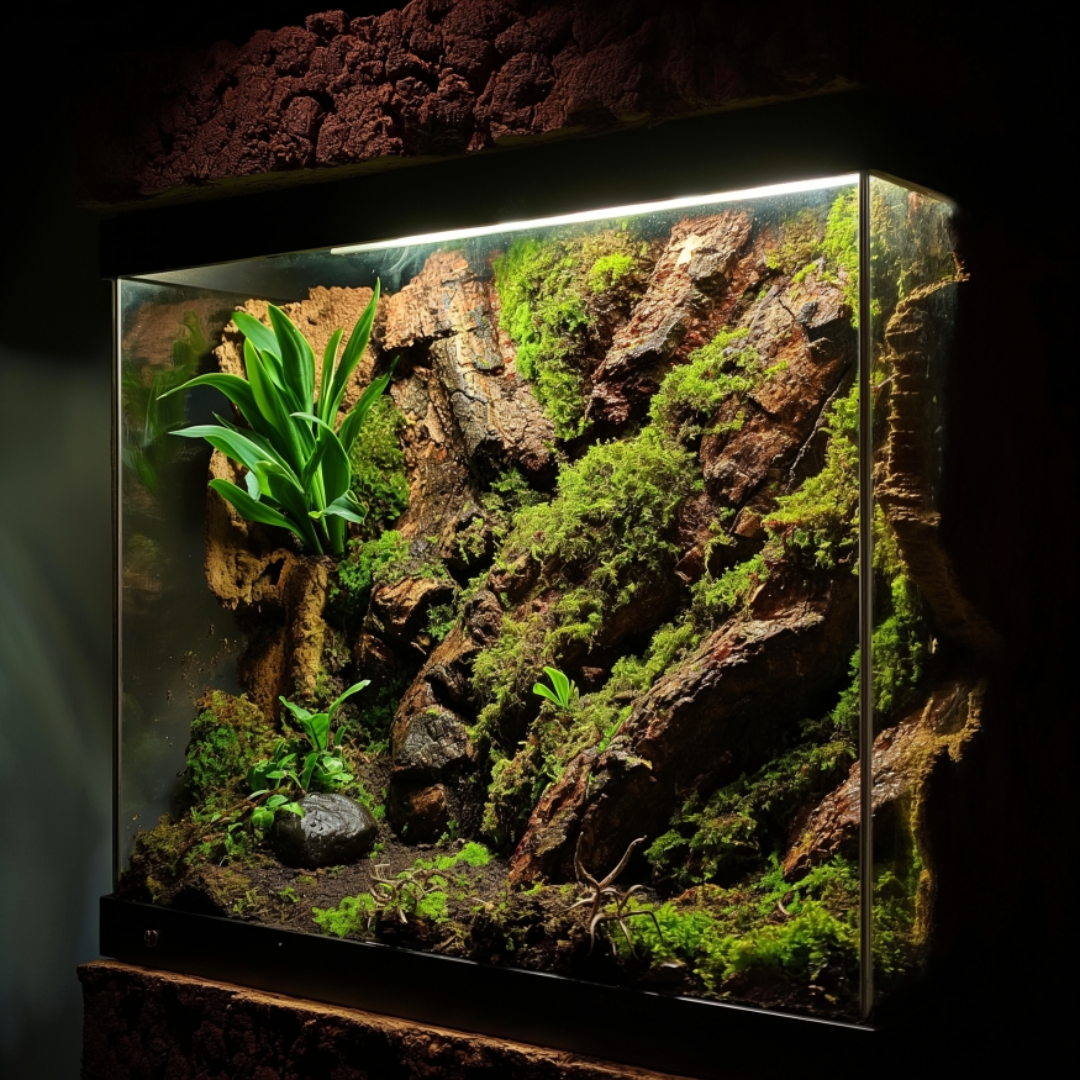
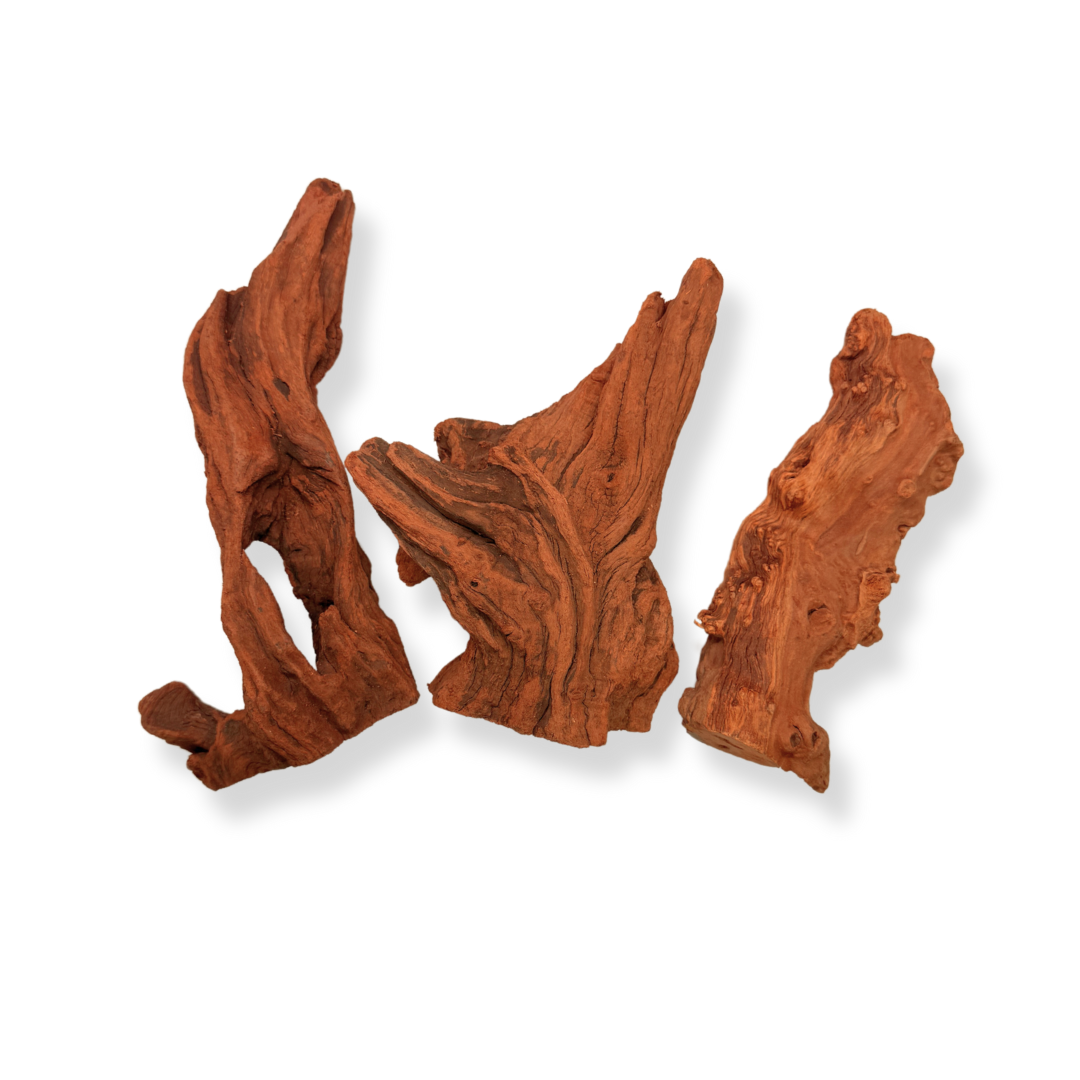
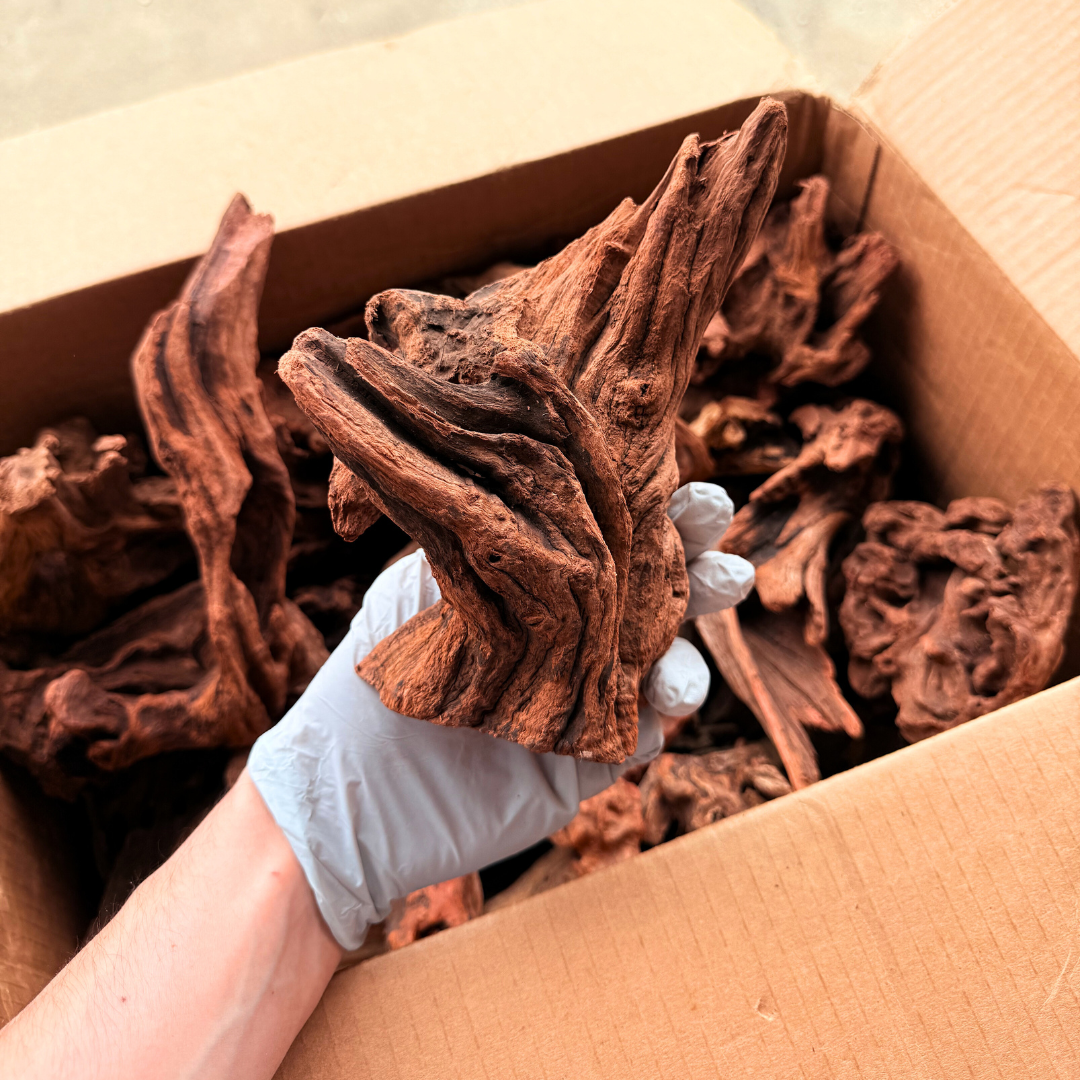
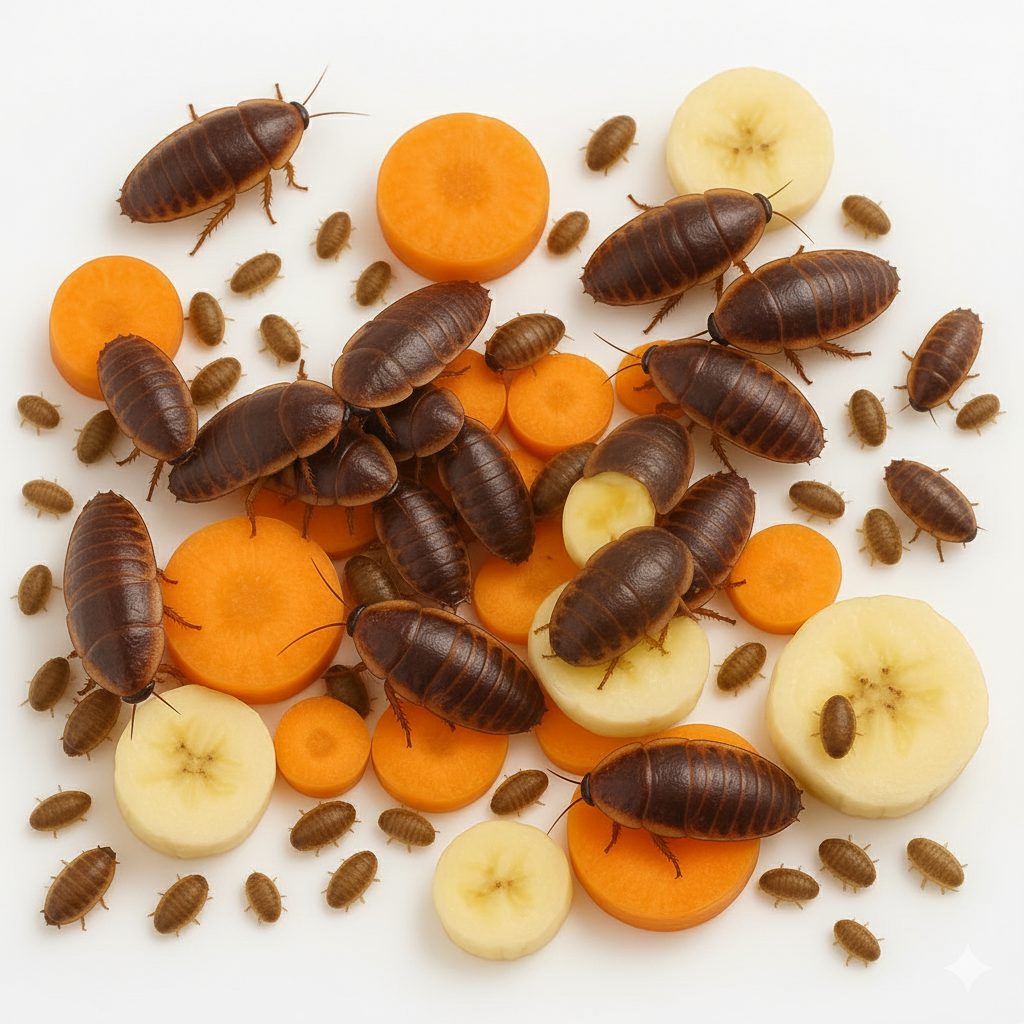





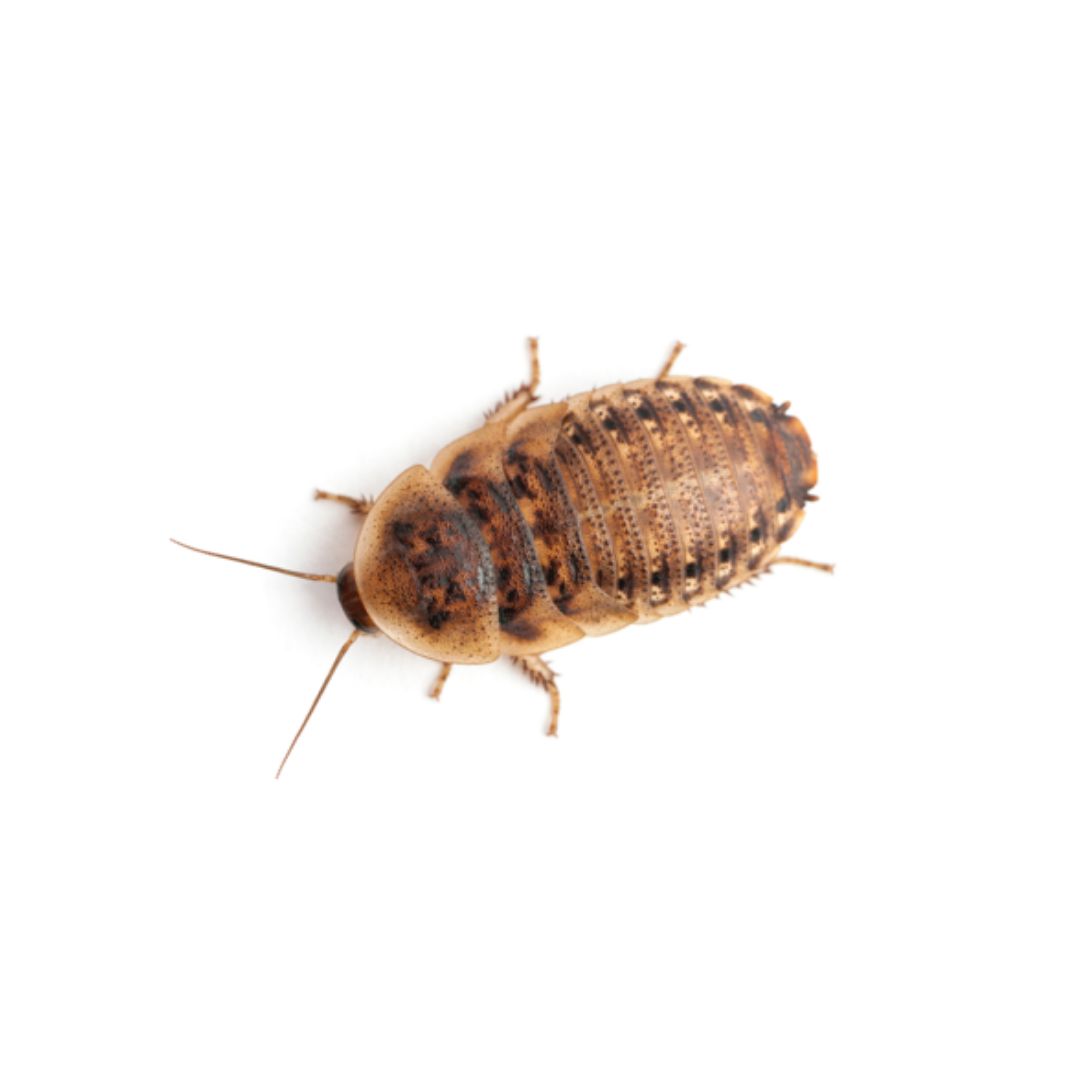
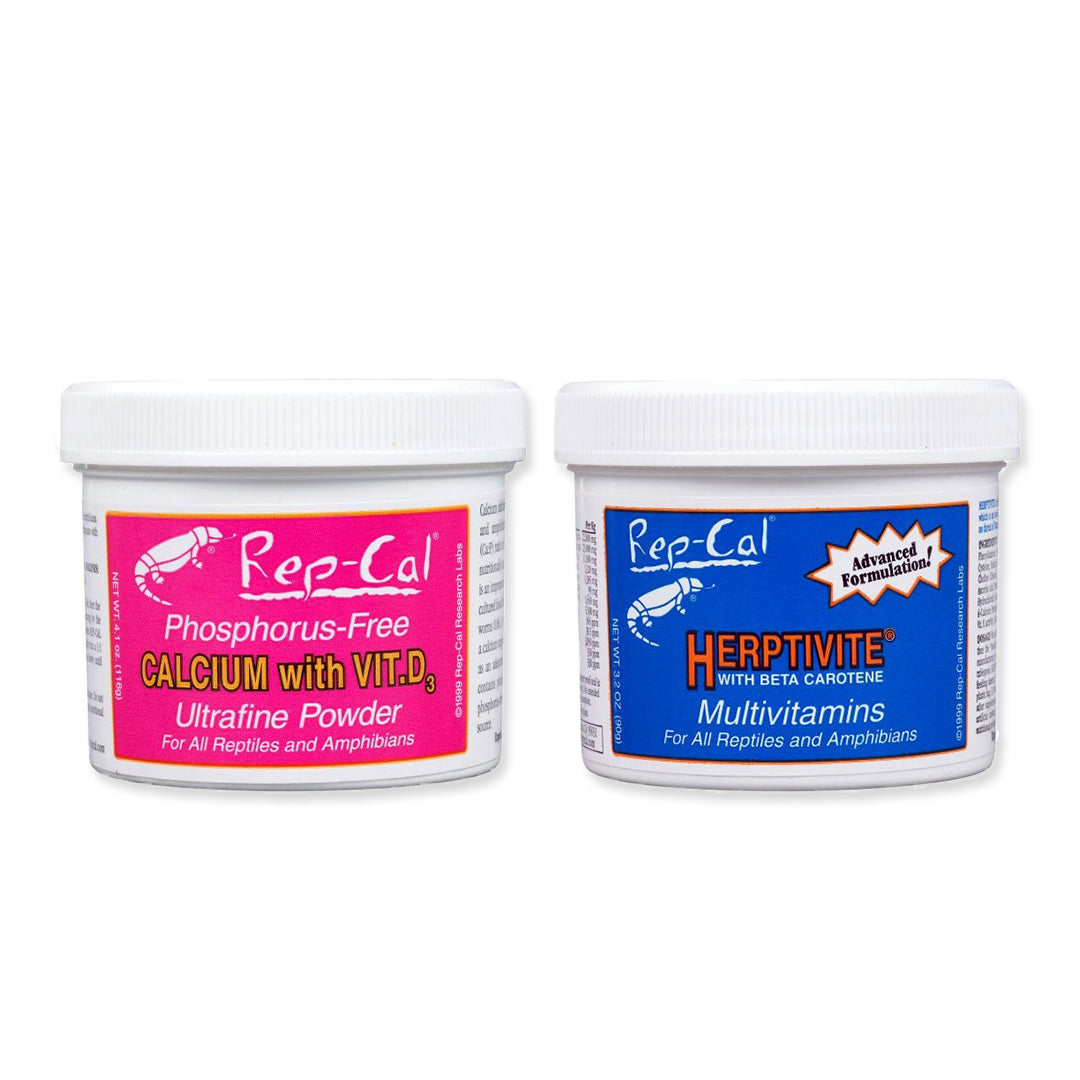
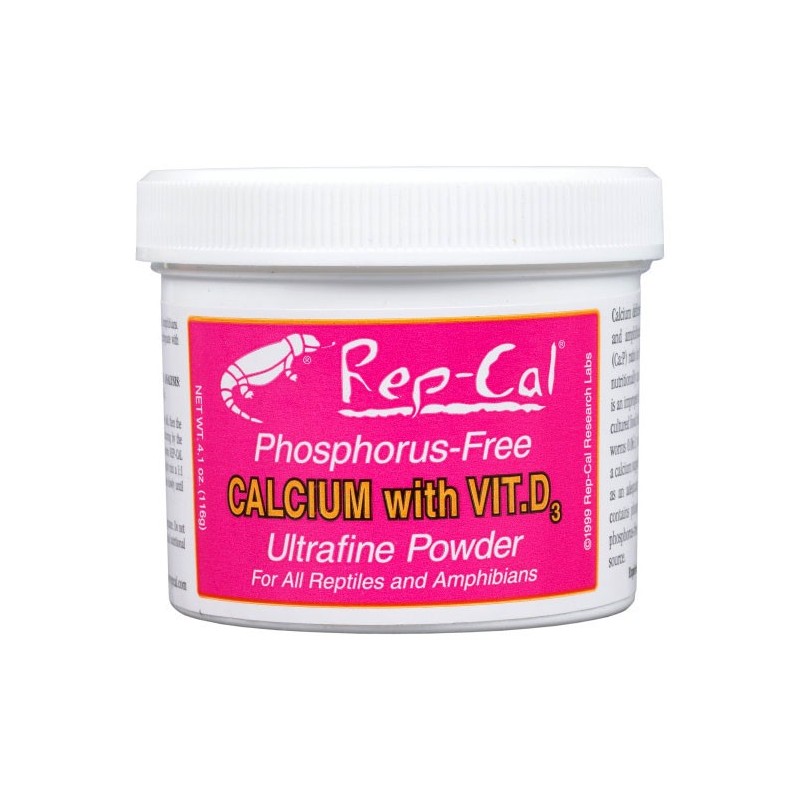
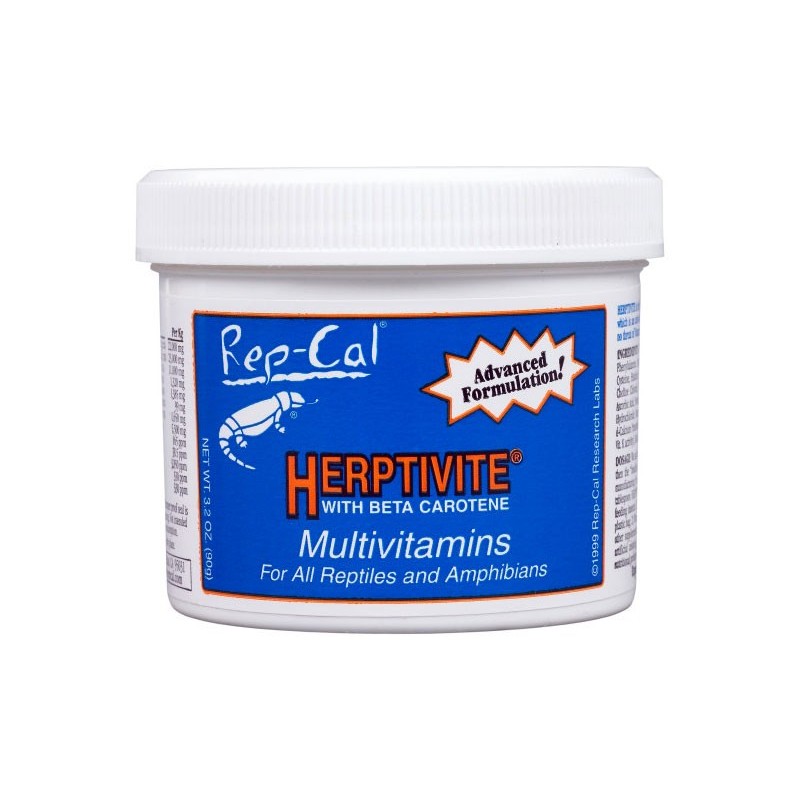
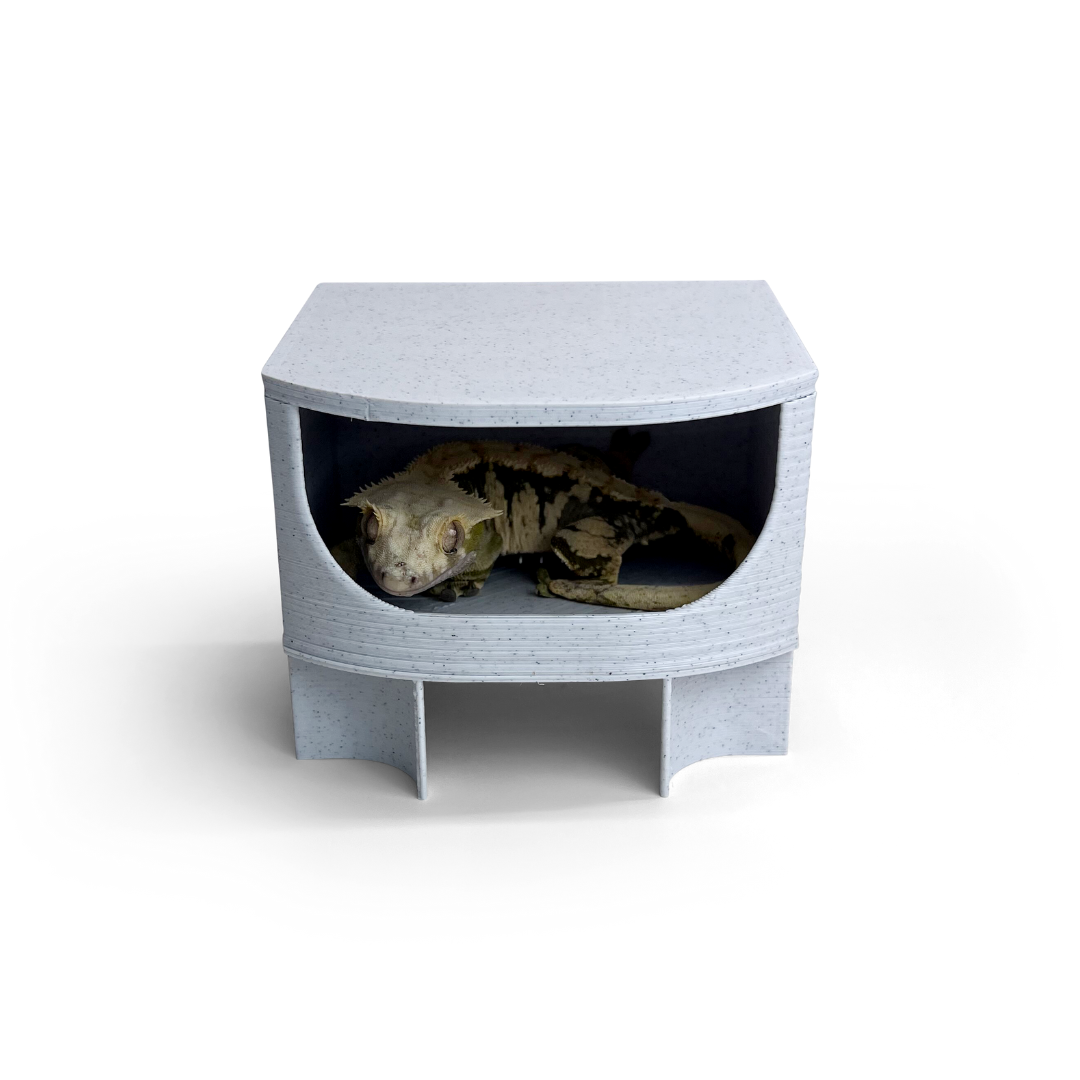
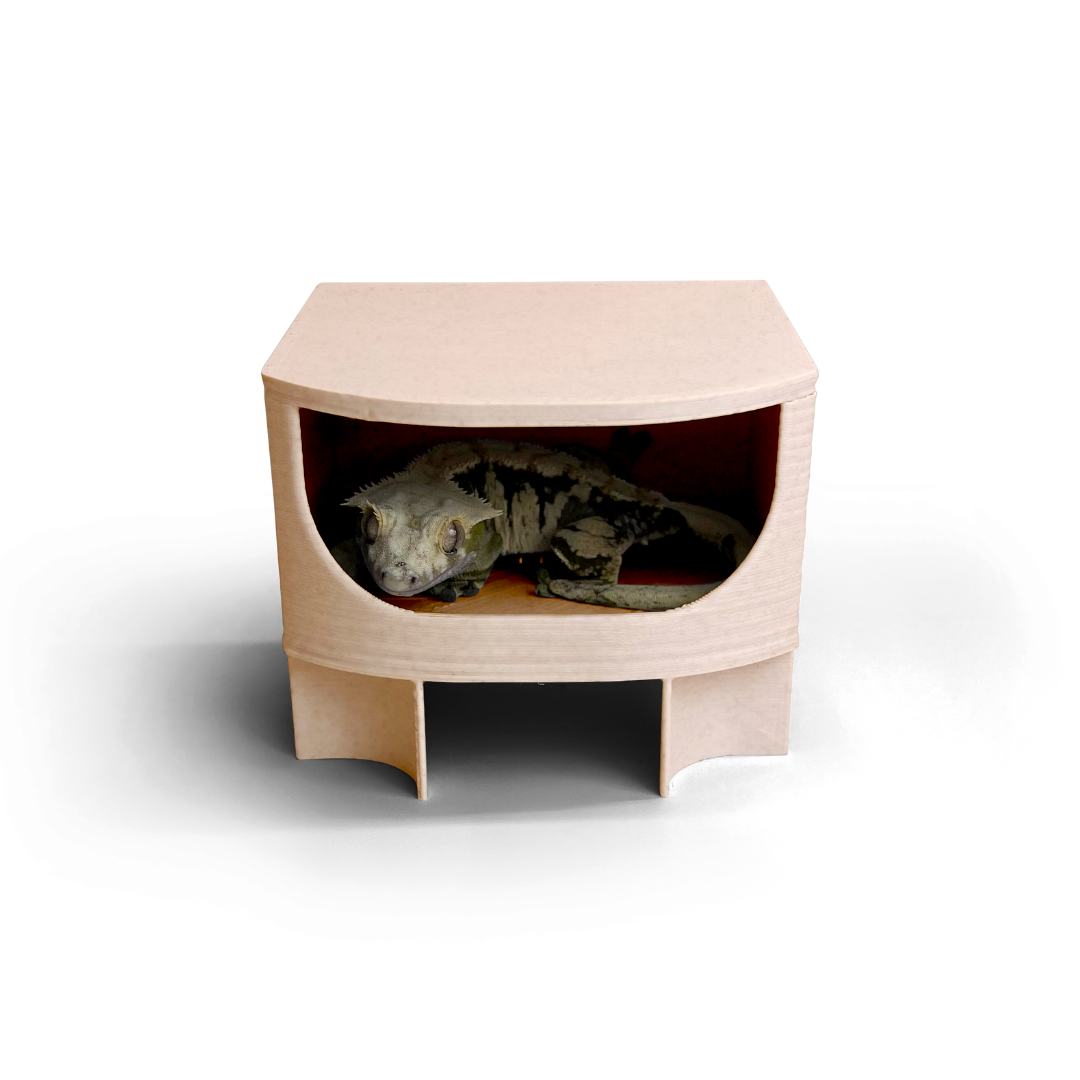
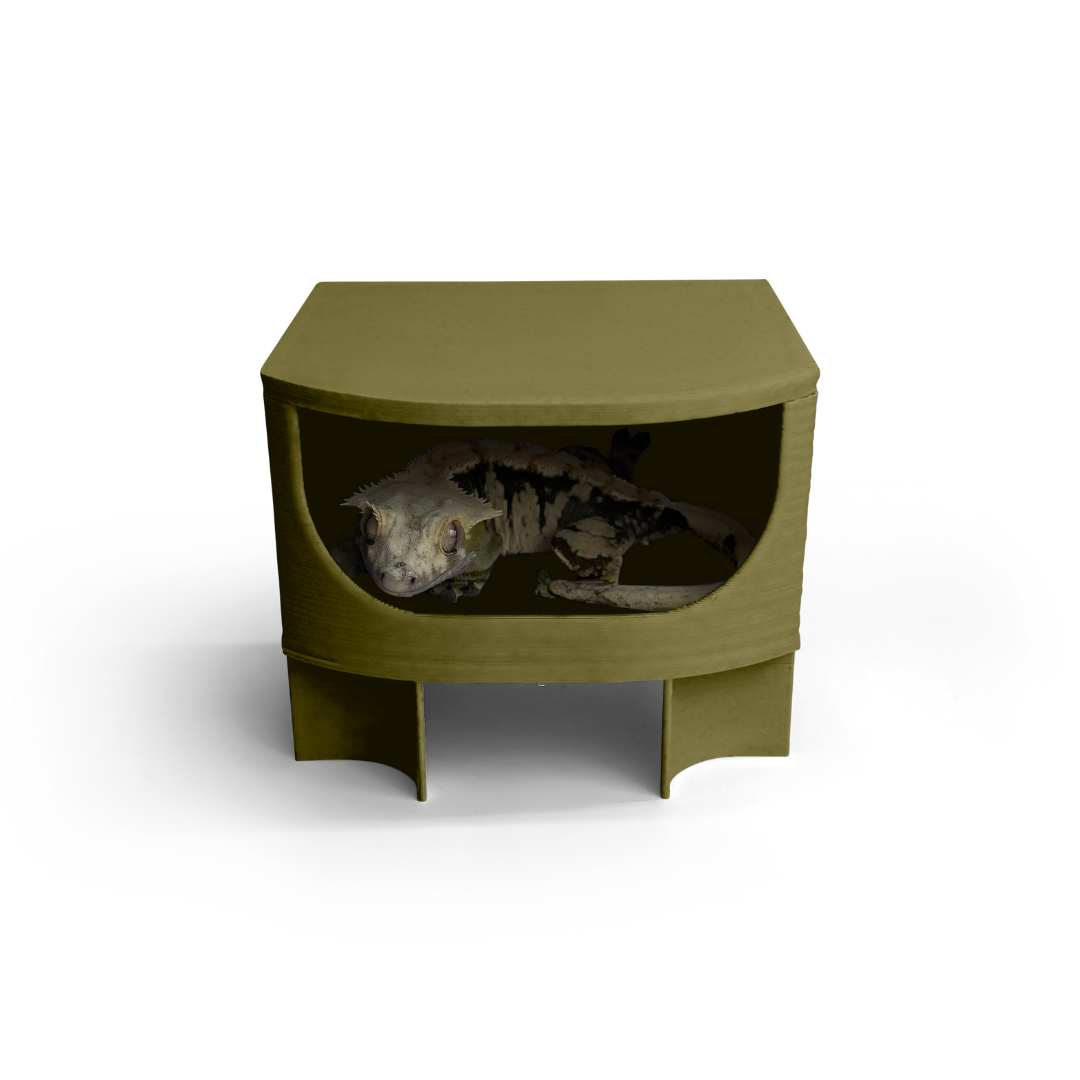
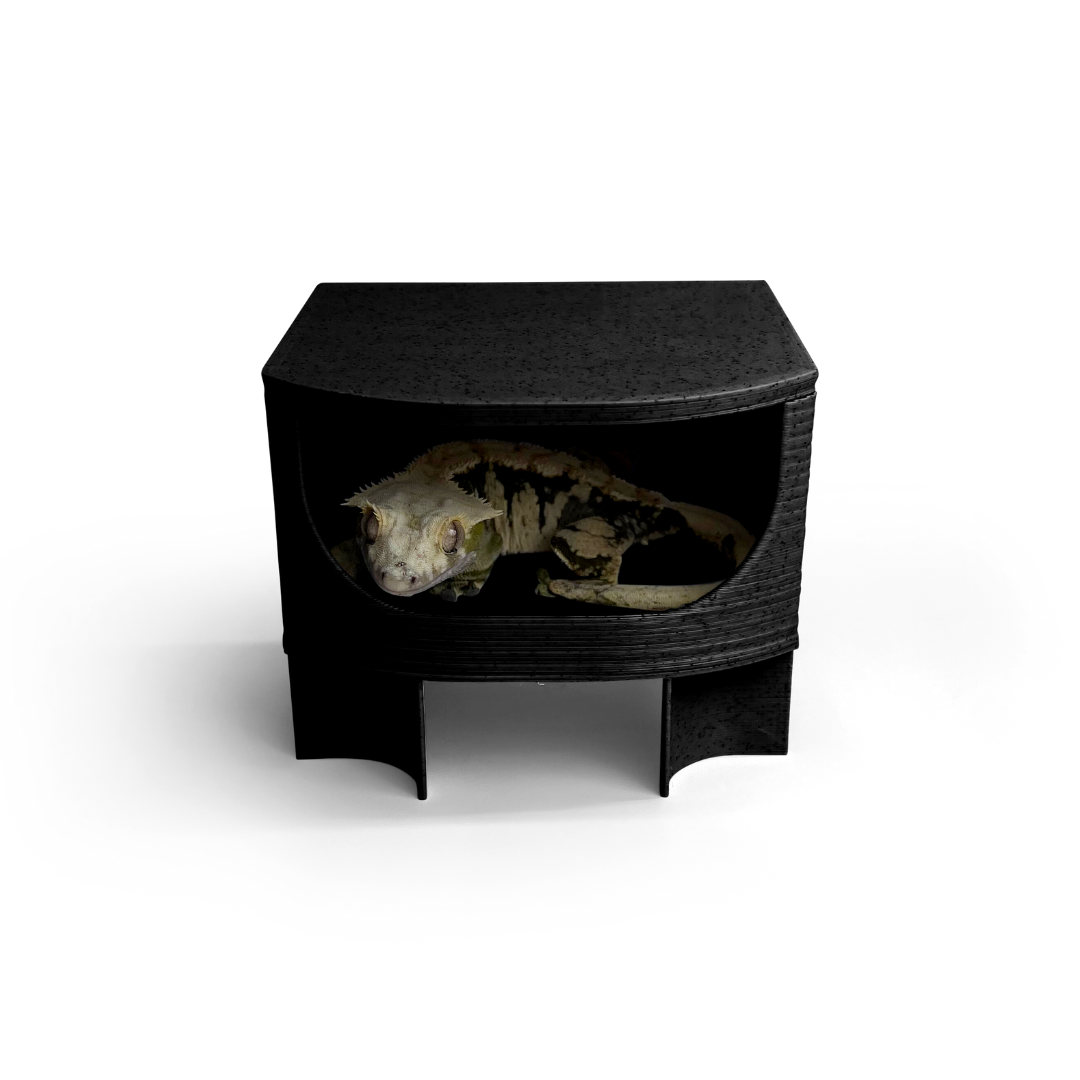
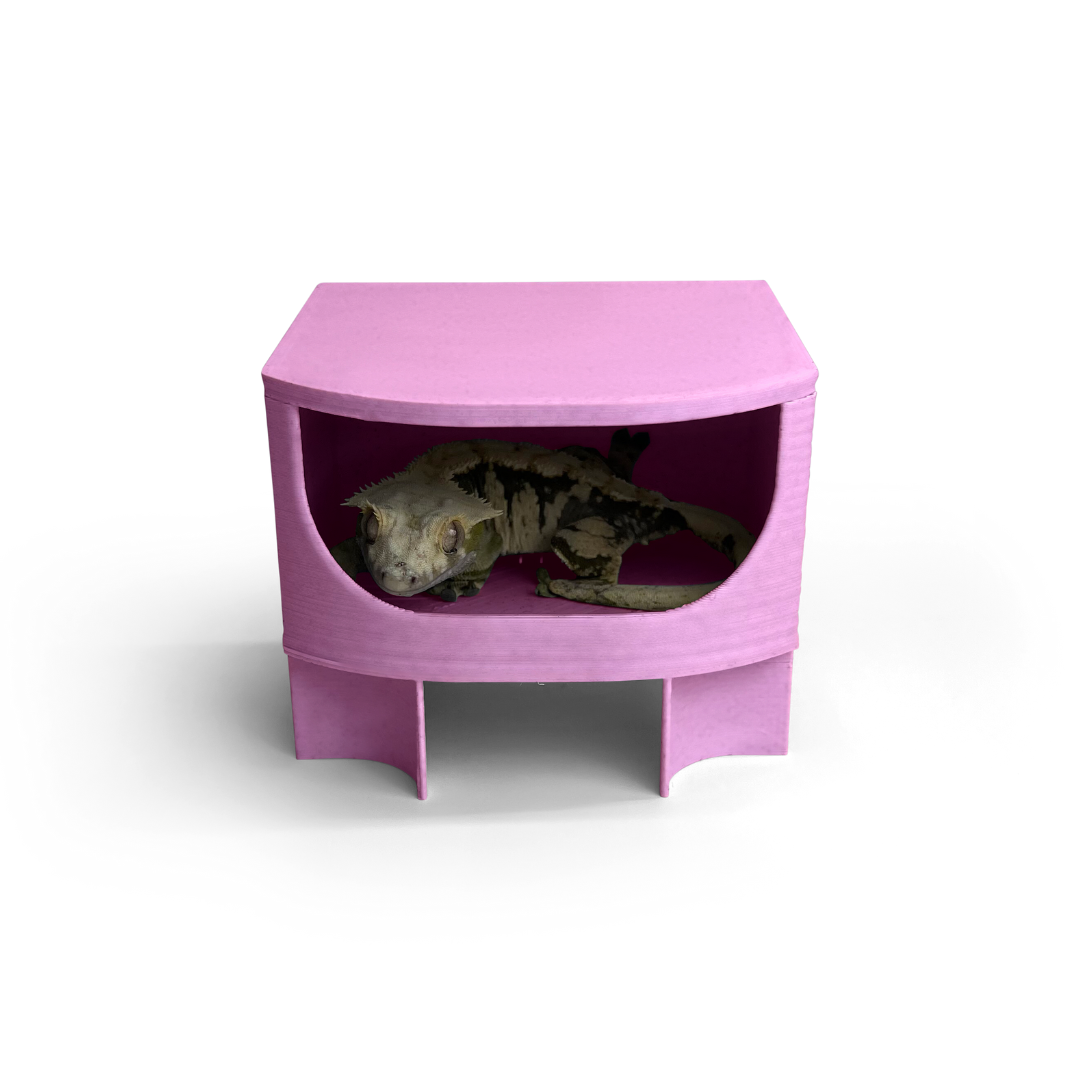
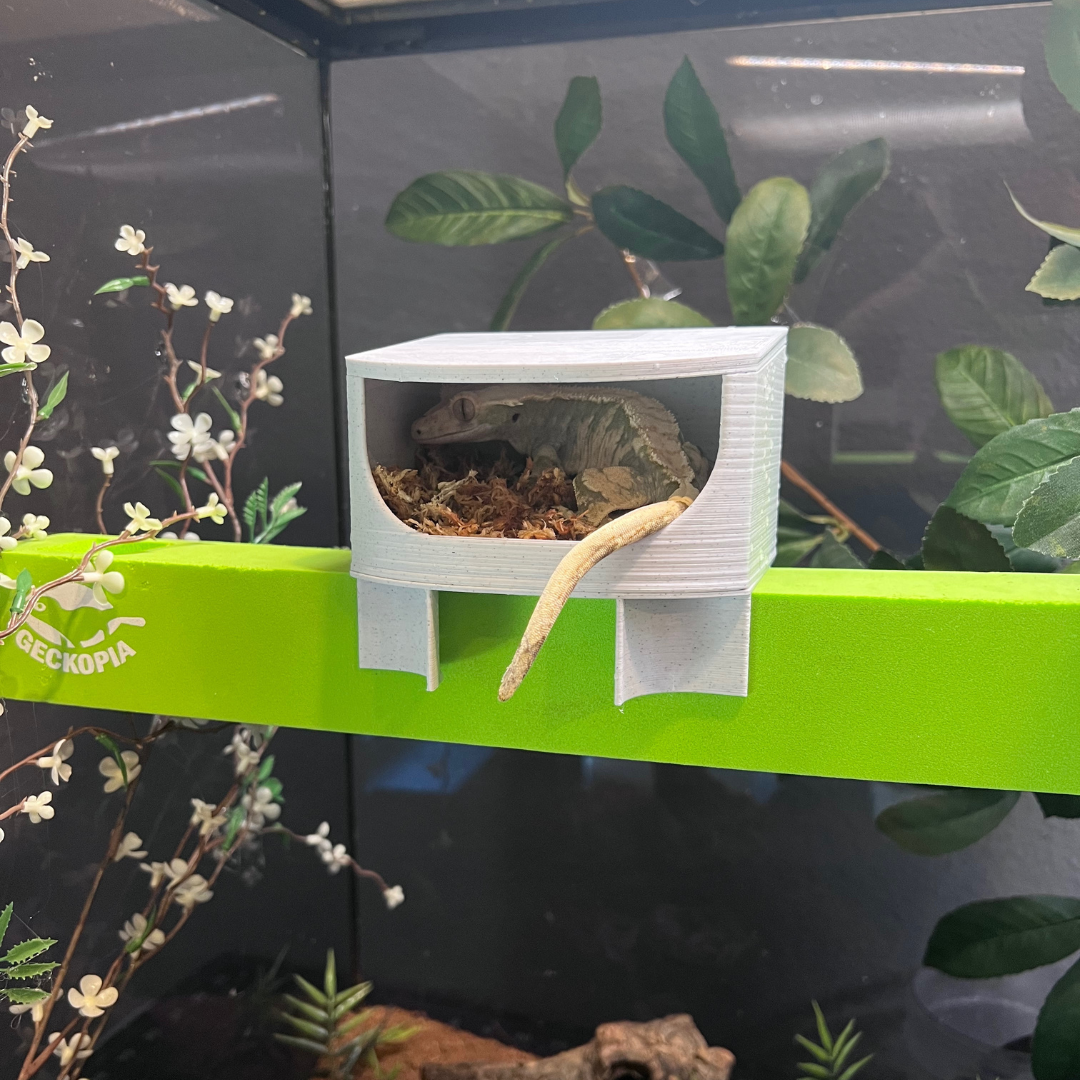

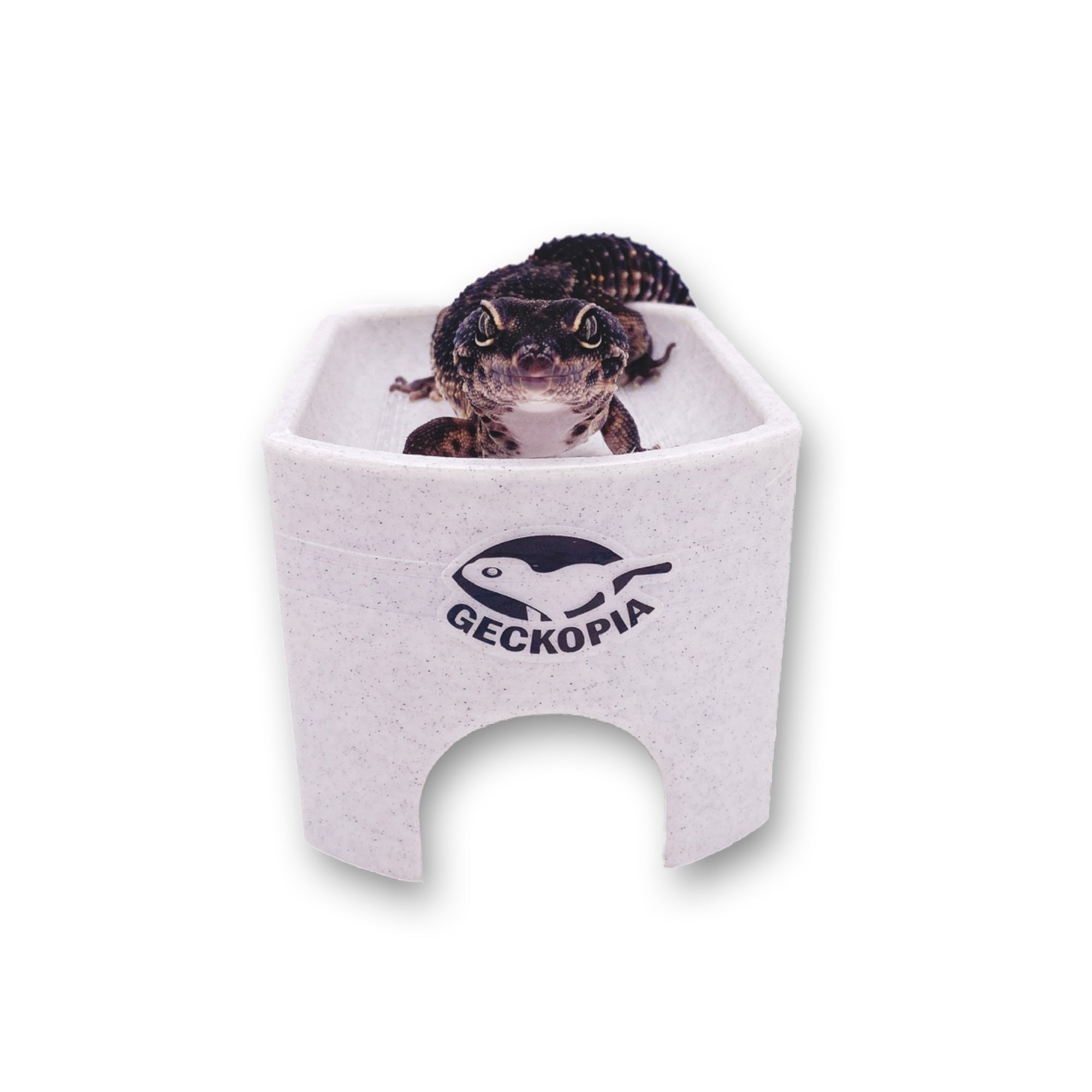
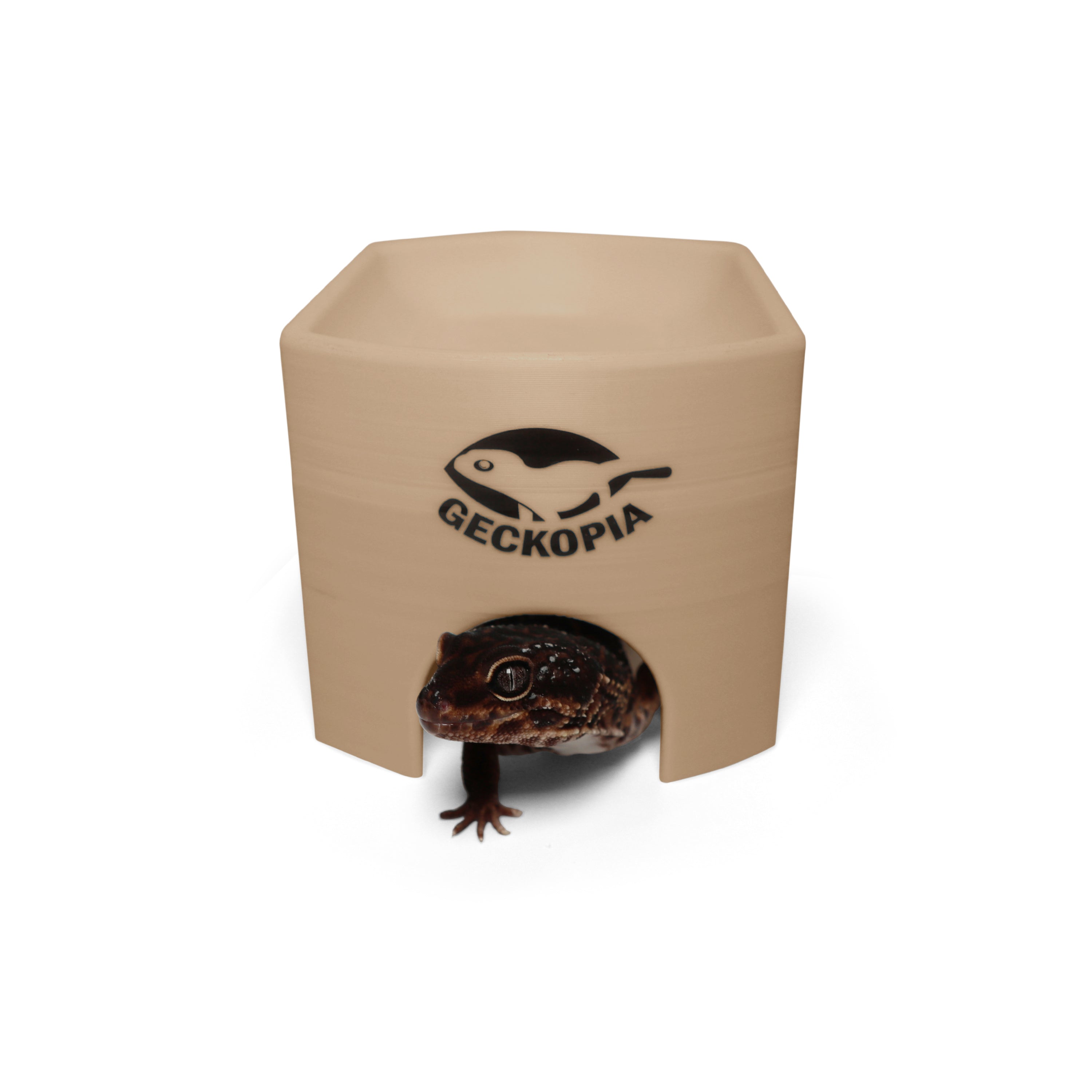
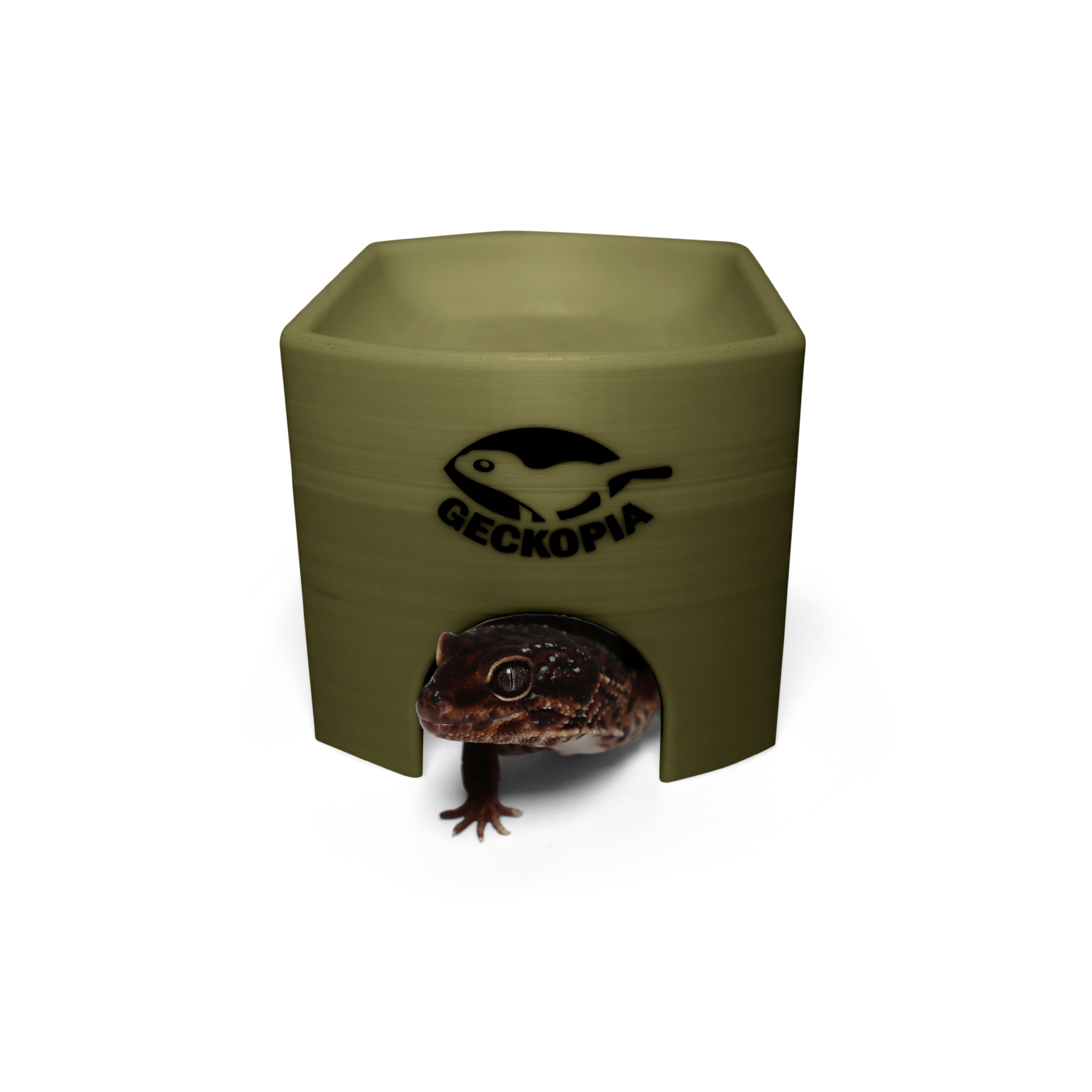

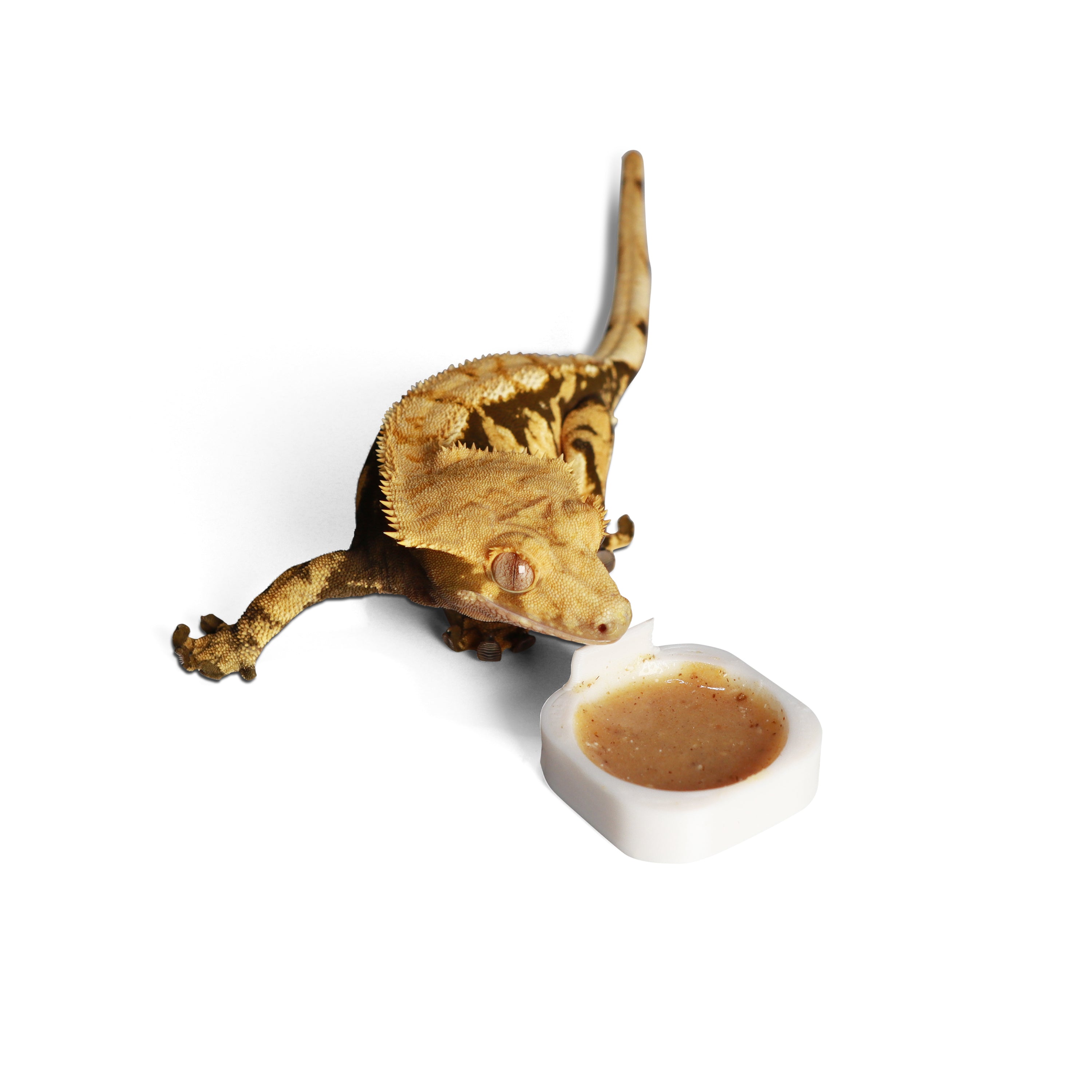
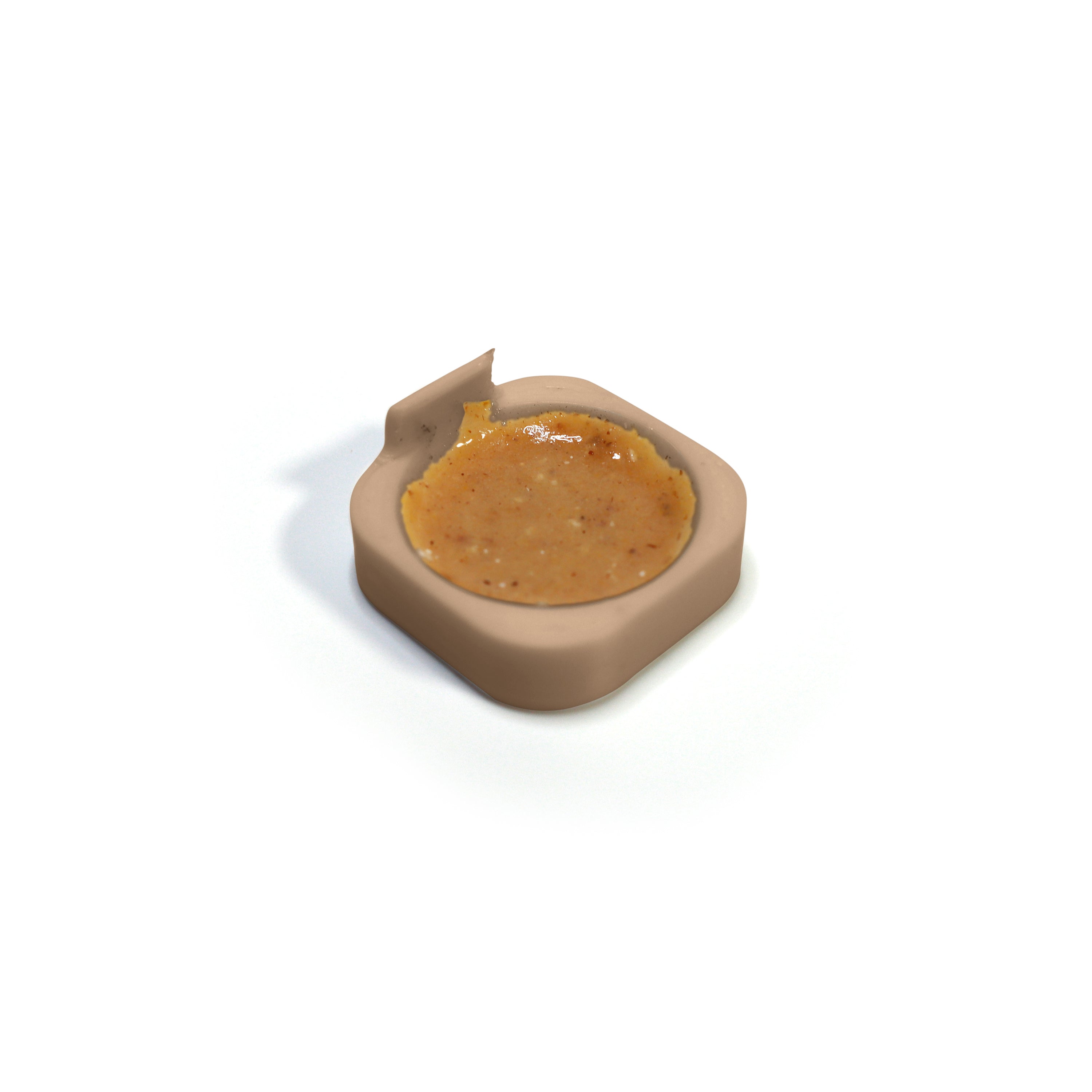
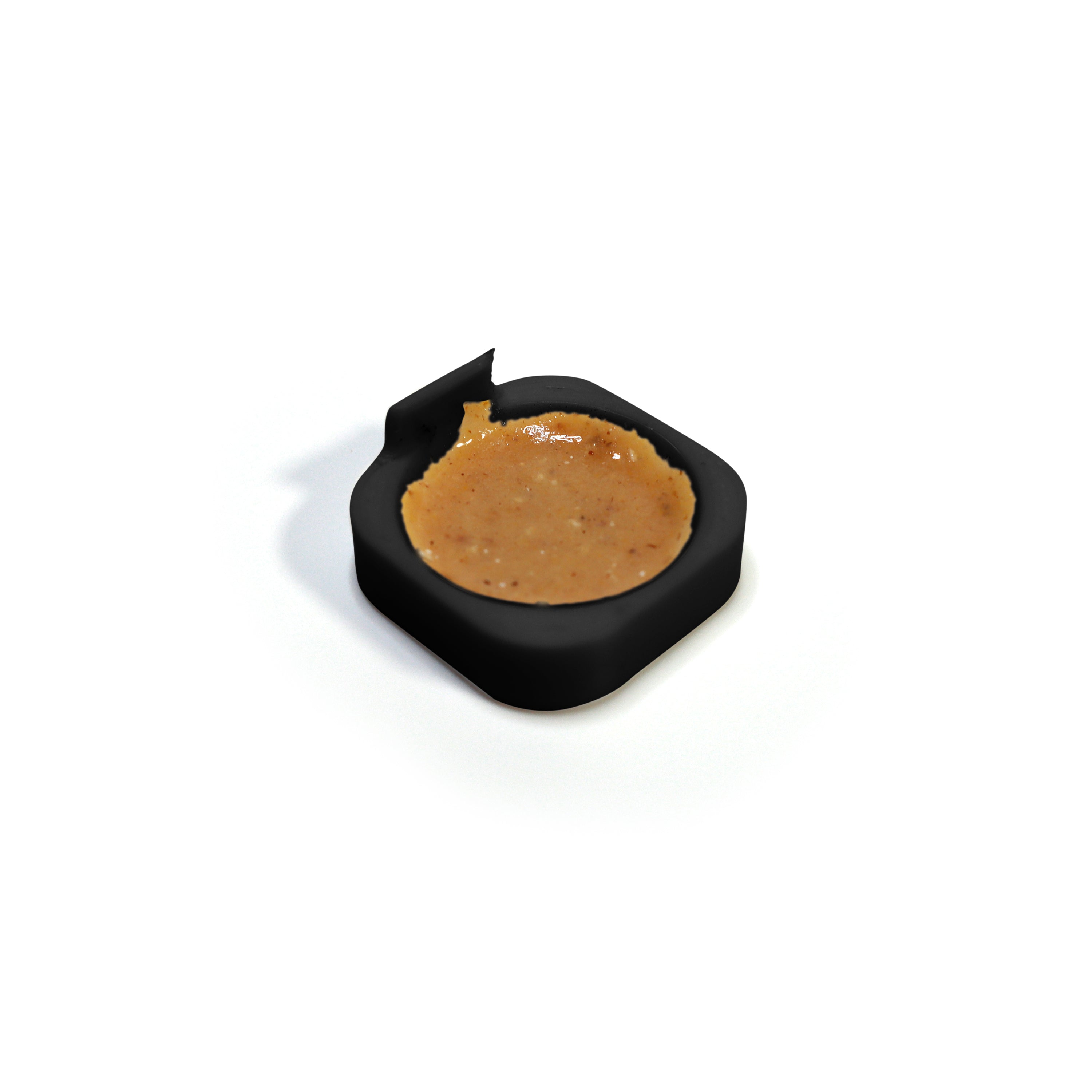


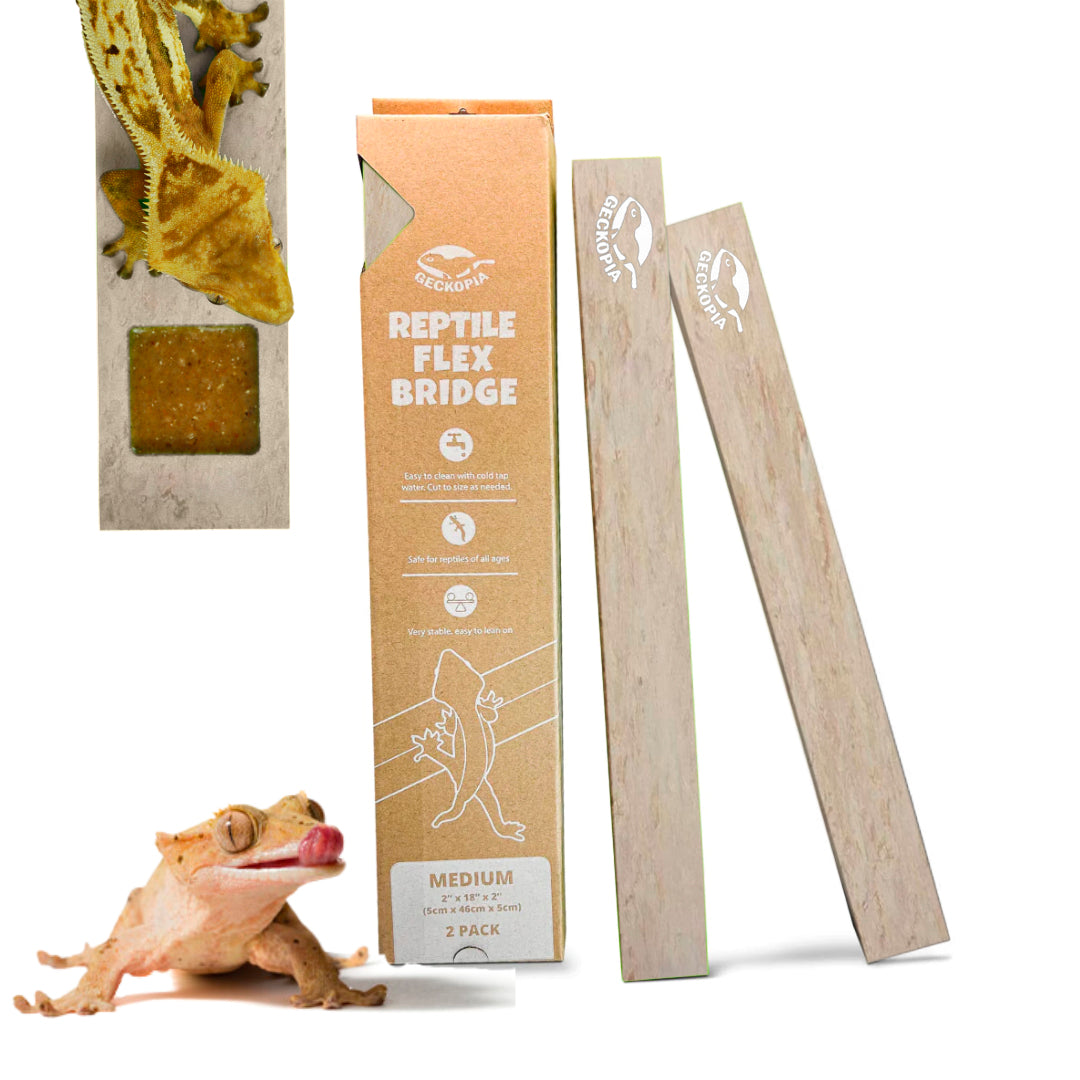

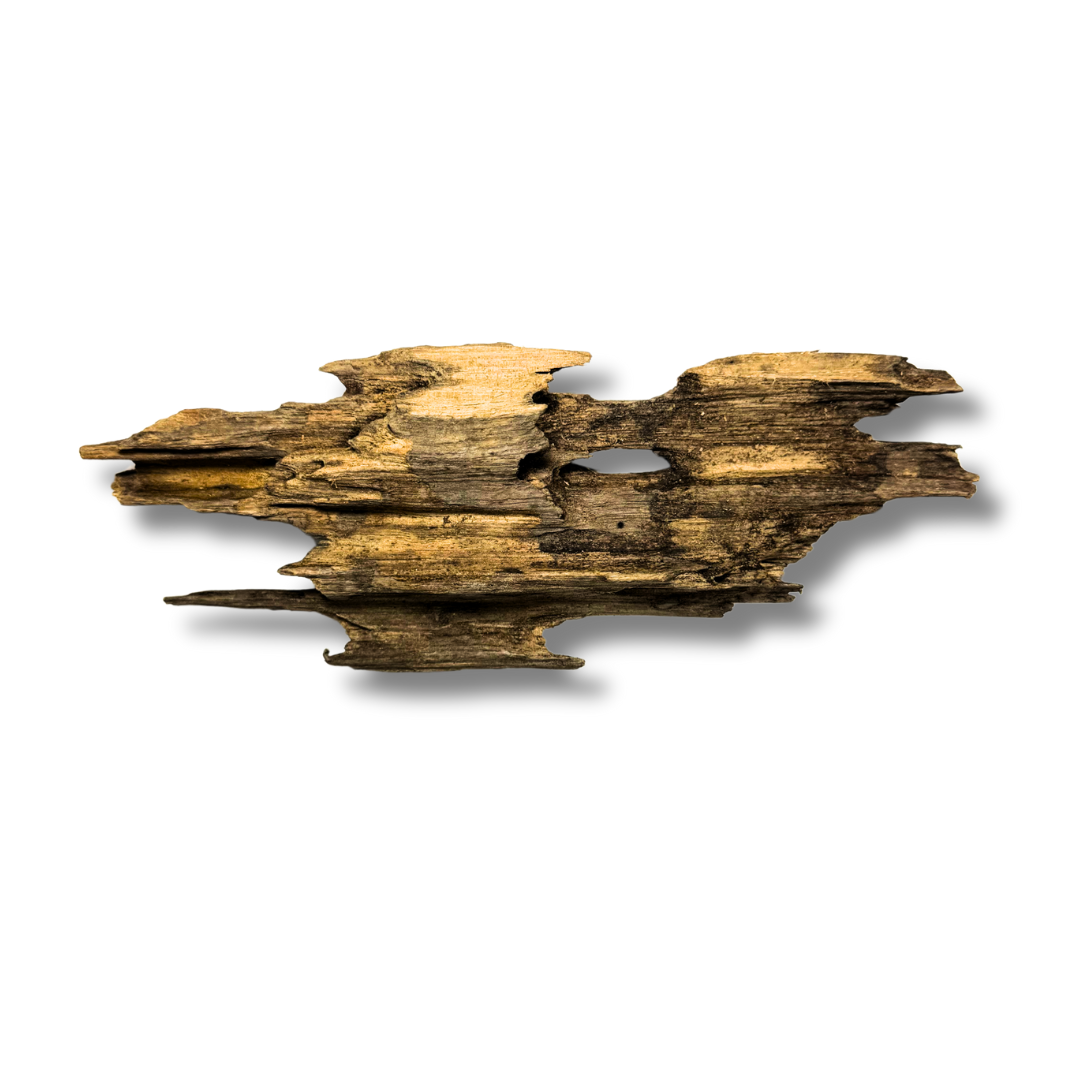
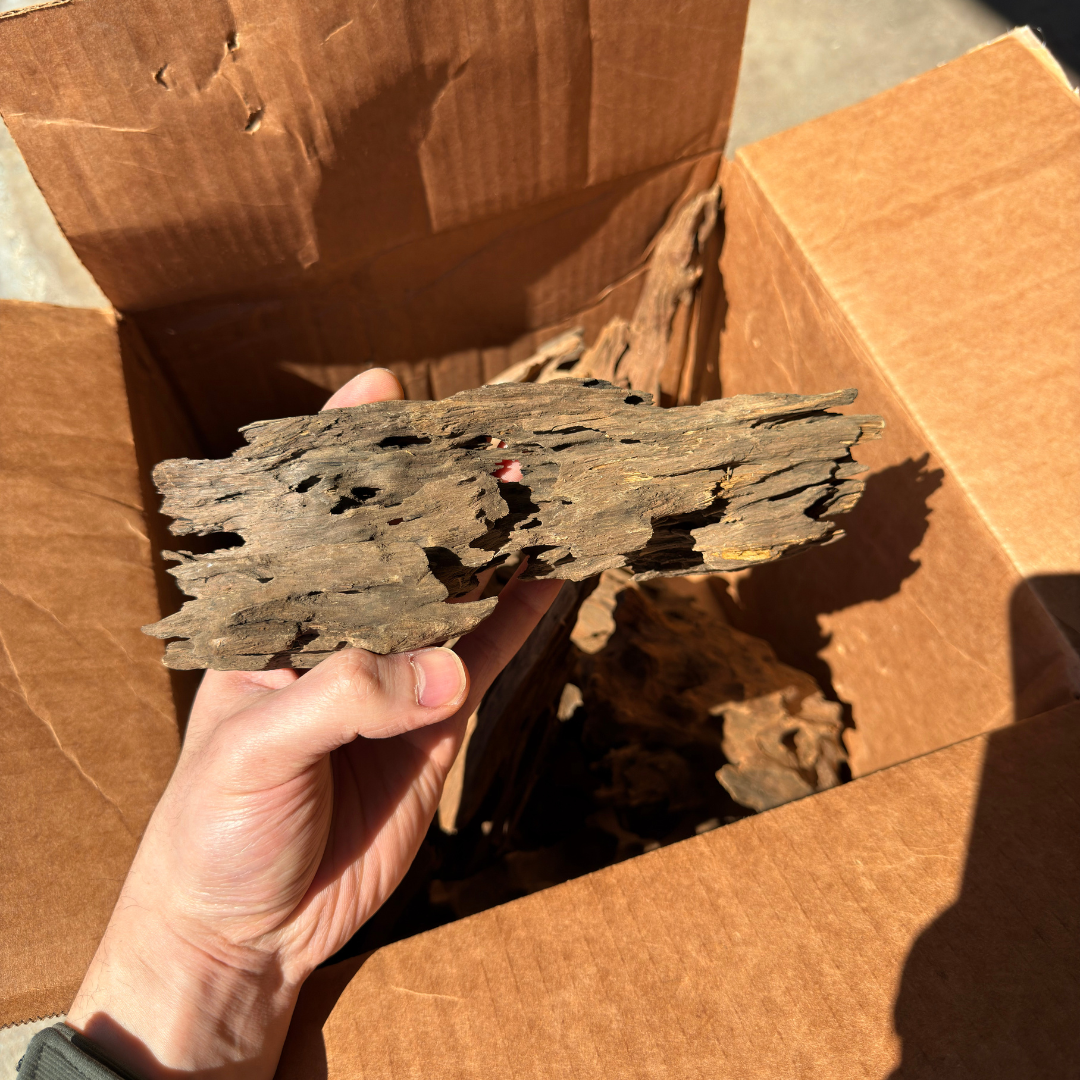
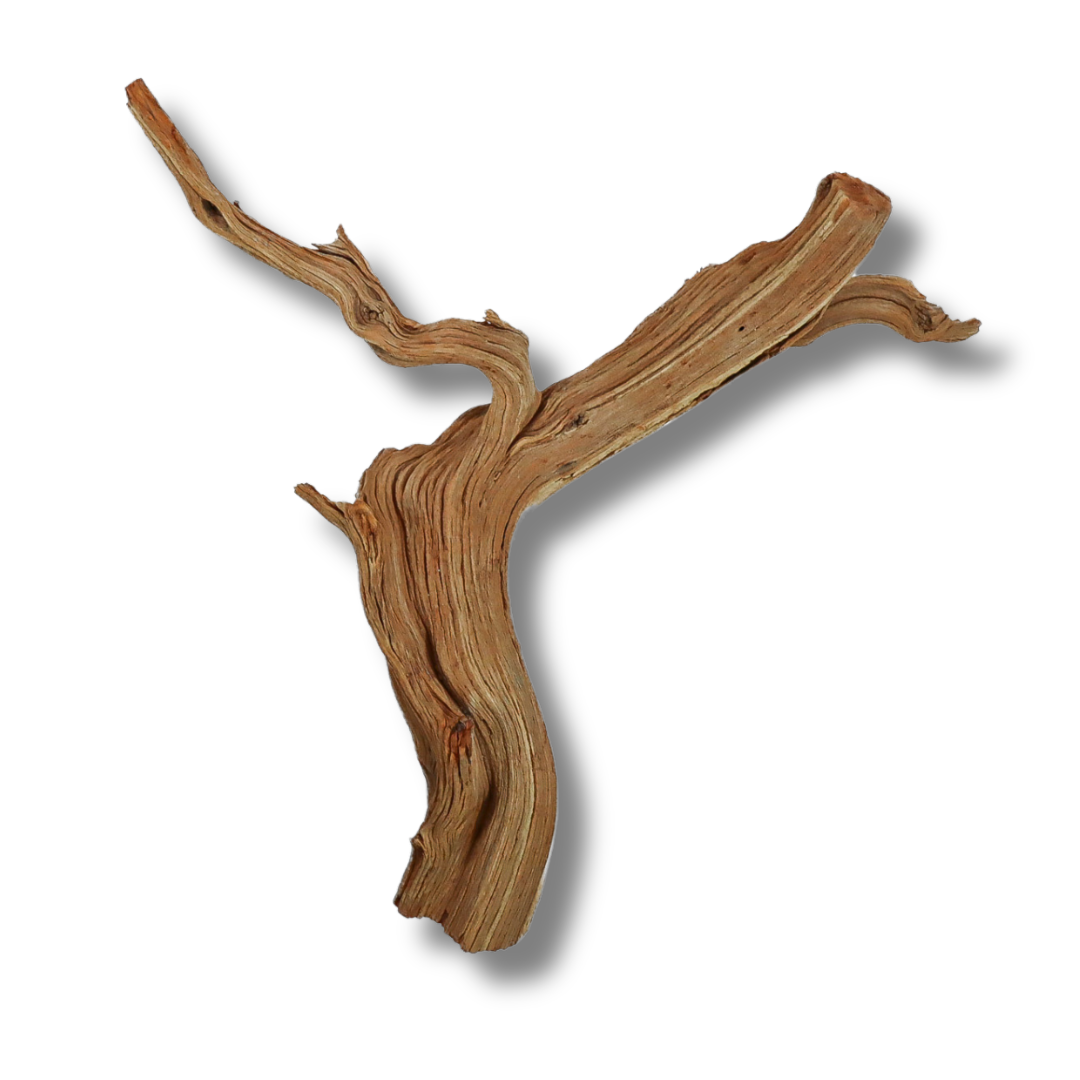
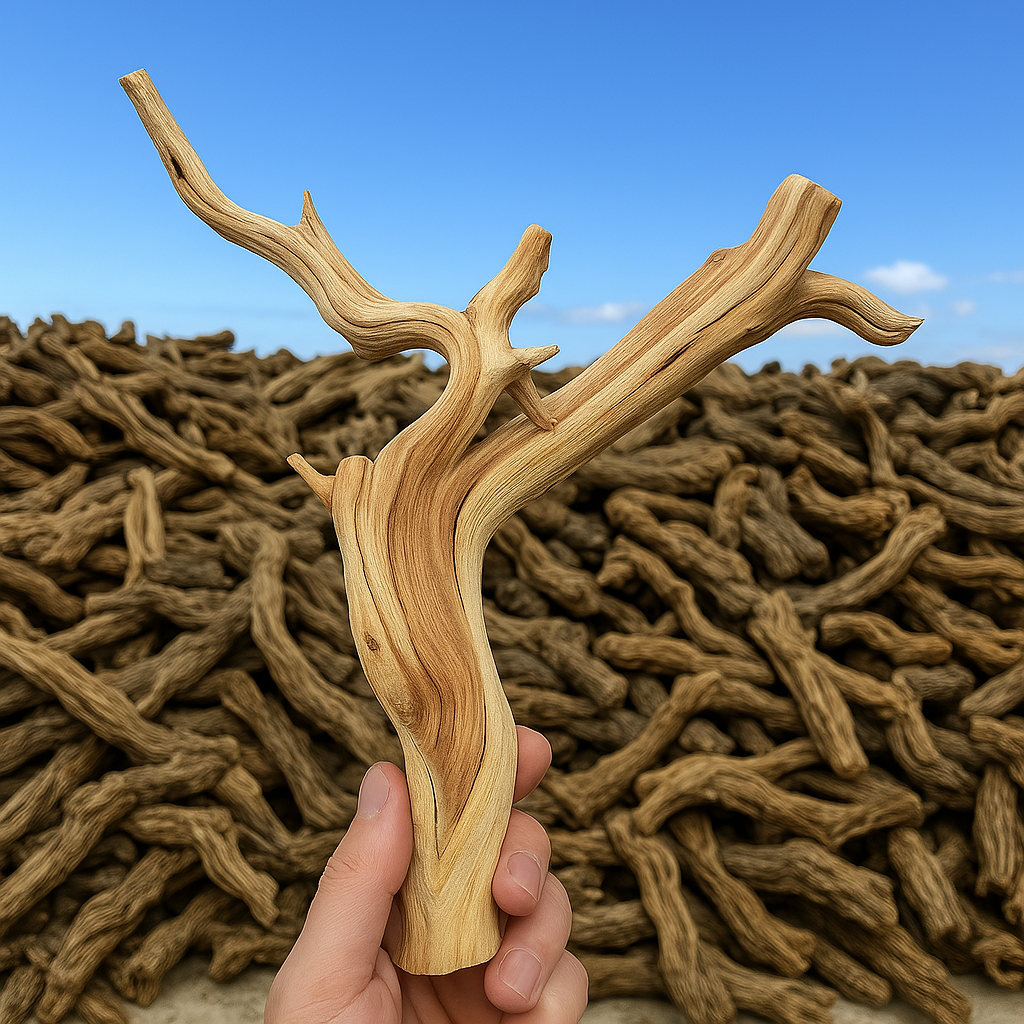
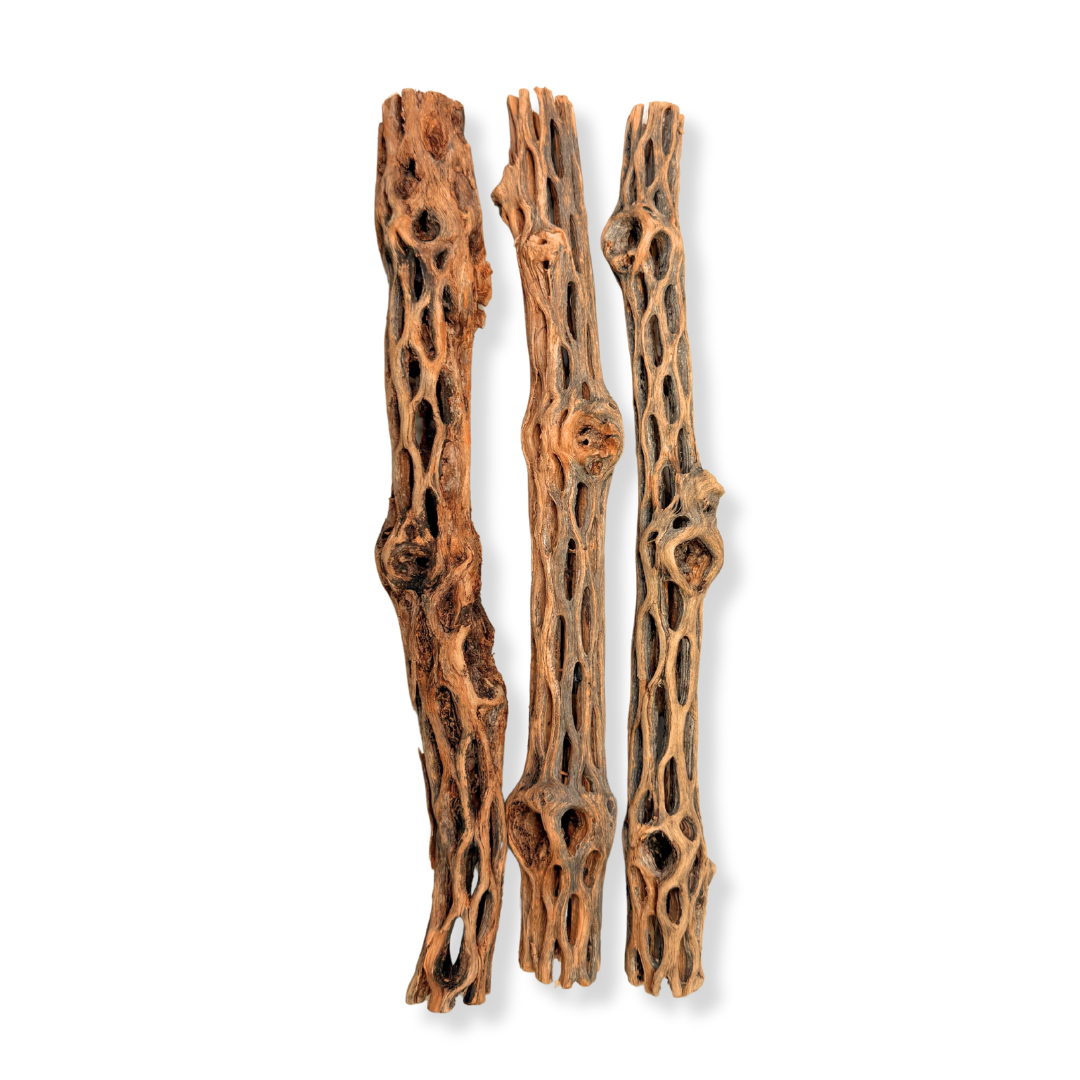
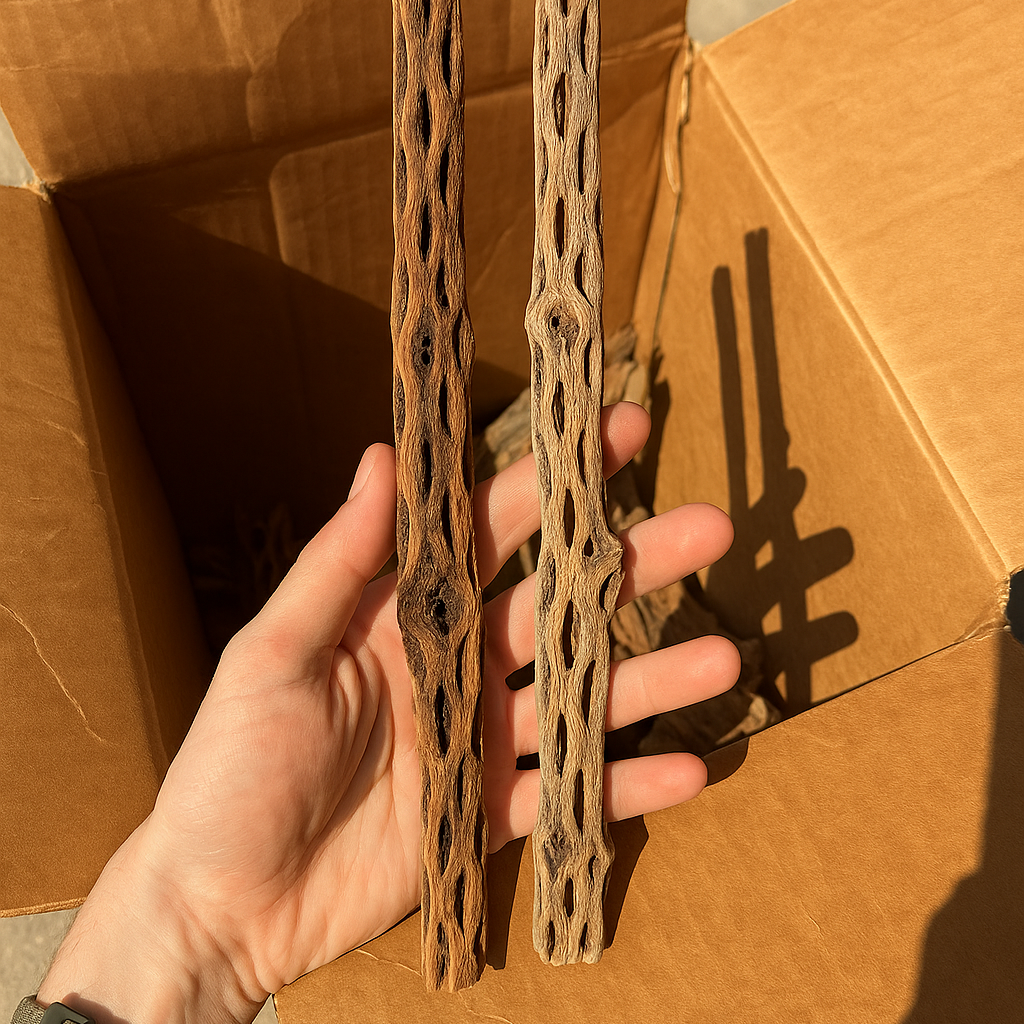
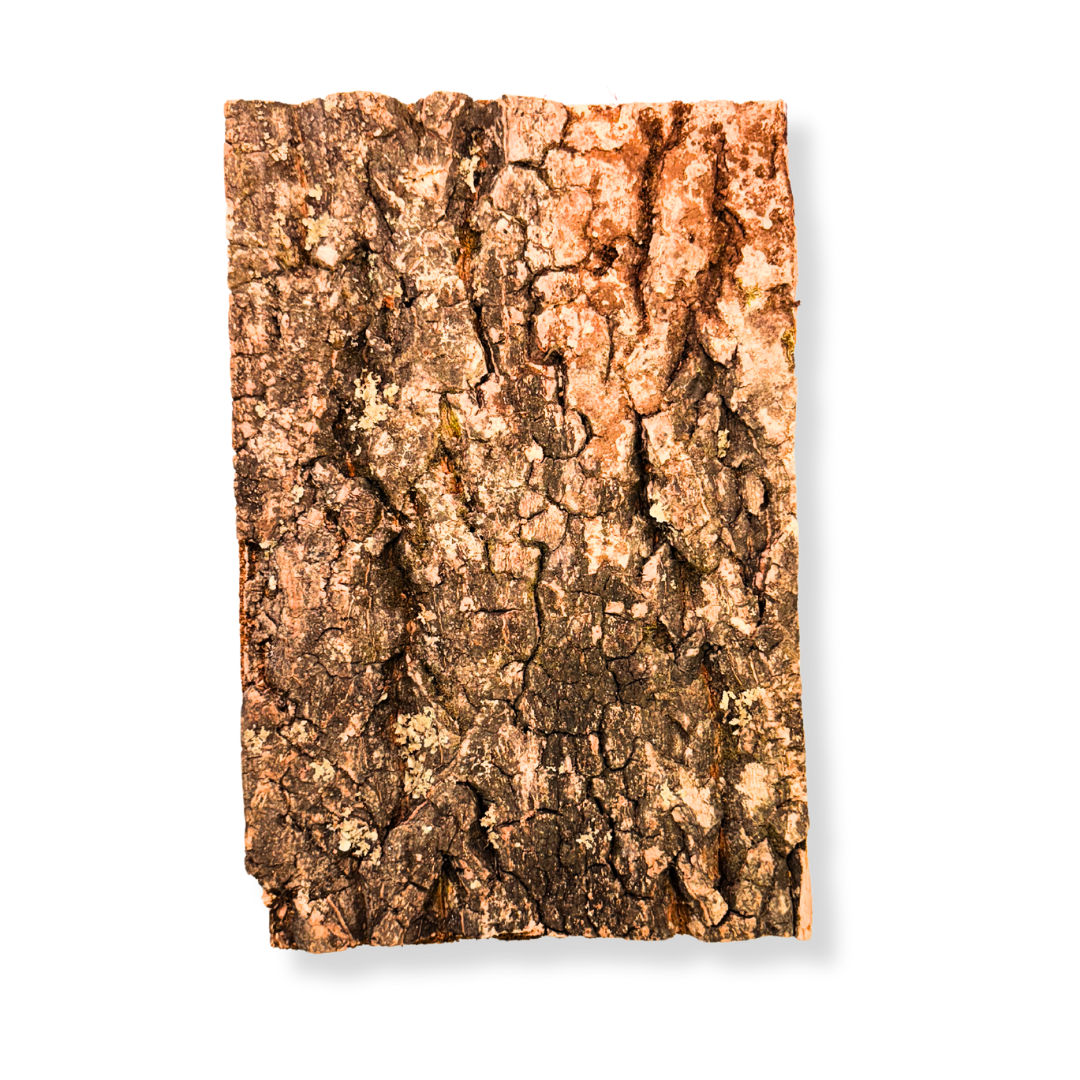
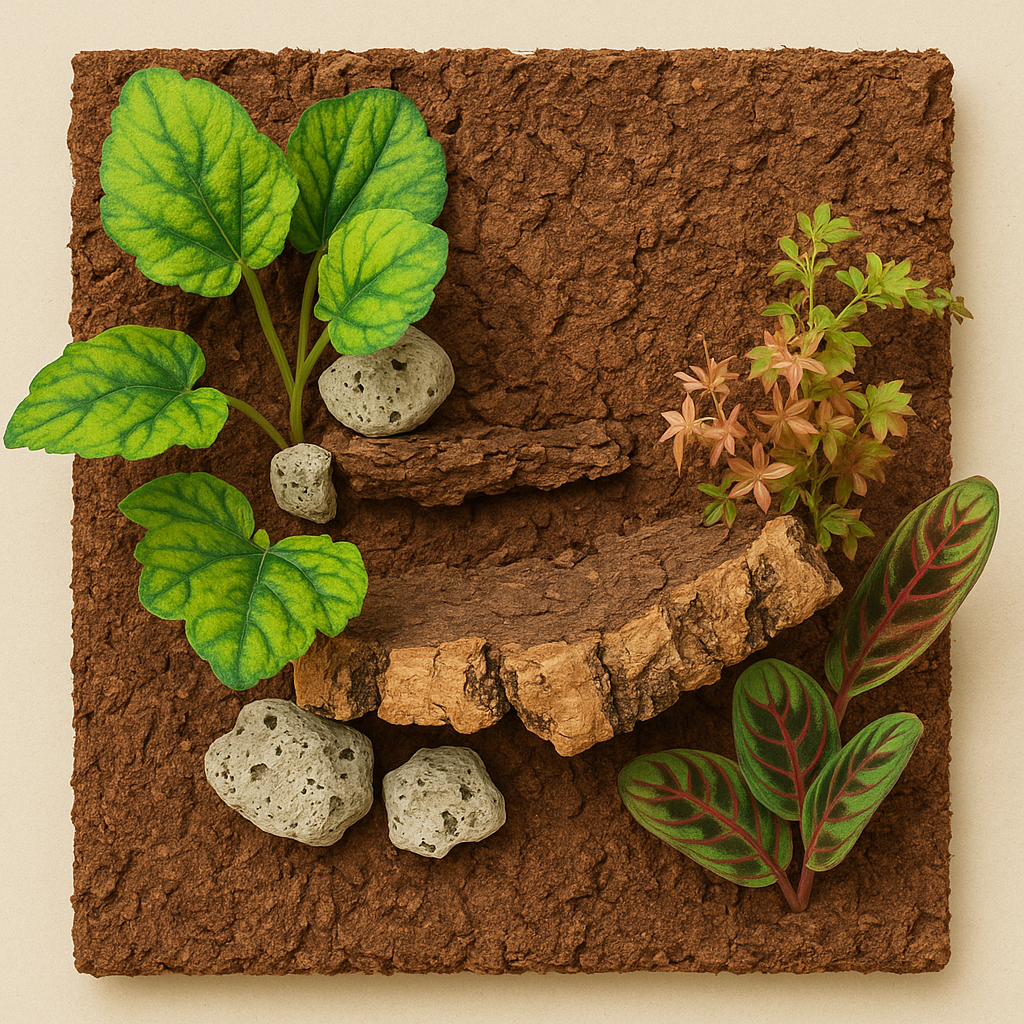



Leave a comment